Shogo Nishiwaki (Sign language artist) – Storyteller of the appeal of deaf community
2025.04.08
Sign language artist
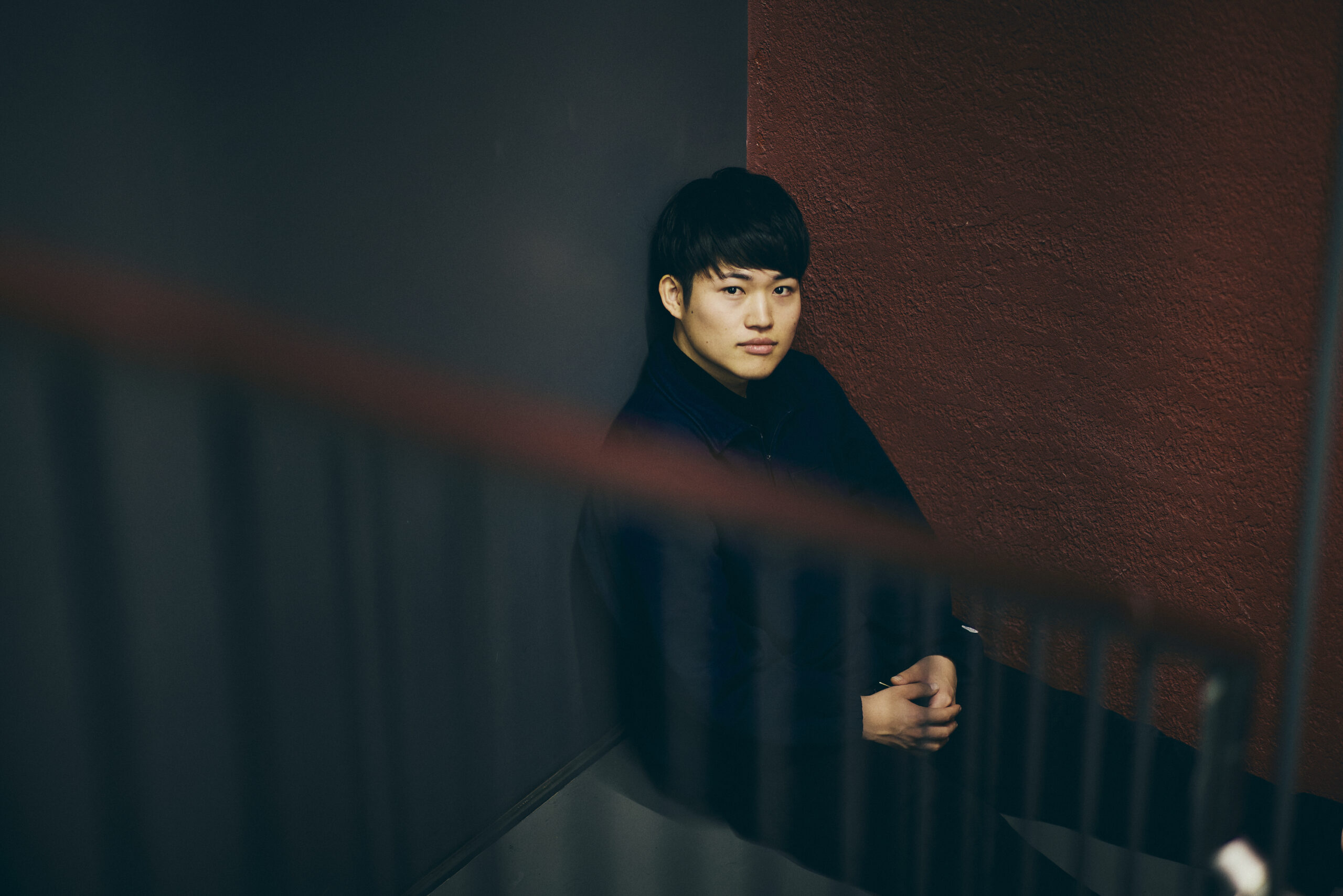
2025.04.08
Eyes filled with conviction. Sign language in which thoughts are spun together.
Growing up in a deaf world, learning about the world of hearing, and arriving at values and a sense of crisis.
With a high level of curiosity and an unprecedented approach, Shogo Nishiwaki is searching for a new way for deafness to play an active role.
He calls himself a “sign language artist” and is active in a wide range of fields, but what is his non-negotiable identity and the future he should aim for?
―What was your childhood like?
Nishiwaki I was called a “PO man”. “Po” is a sign language in which you hold up your thumb and little finger and bring it to your nose, and it can be used to express “why,” “how,” and “different from what I thought.” When I was a child, I used this “Po” a lot, so I was called “PO Man” (laughs). I really said “Po?” to everything. For example, when I go on a family vacation and the water is flowing, I say, “Po? (Why?), or if there is a coffee shop, I say, “Po?” (Why is it here?) and so on. I guess I was interested in everything I saw. And I was saying “Po?” for everything. I think my parents must have had a hard time with this storm of “Po?” (laughs).
―What were you particularly interested in?
Nishiwaki I was very interested in the conversation between deaf adults in sign language. I remember strongly wanting to see sign language and trying it myself. The “language” used by adults is different from that of children. I’m from a deaf family, so most of the people who gathered at my house, as well as my parents, were deaf. I loved the sign language they weave, and when adults are talking, I get carried away and ask myself, “What does this mean?” or “What are you talking about now?” And “Po?” comes out more and more. With such momentum, I plunge my head into every story, so even on sensitive topics such as “That family got divorced,” I said, “Po (why did they get divorced)?” (bitter laugh) Even in stories by adults where children were not allowed to listen, I couldn’t help but throw a “Po?”

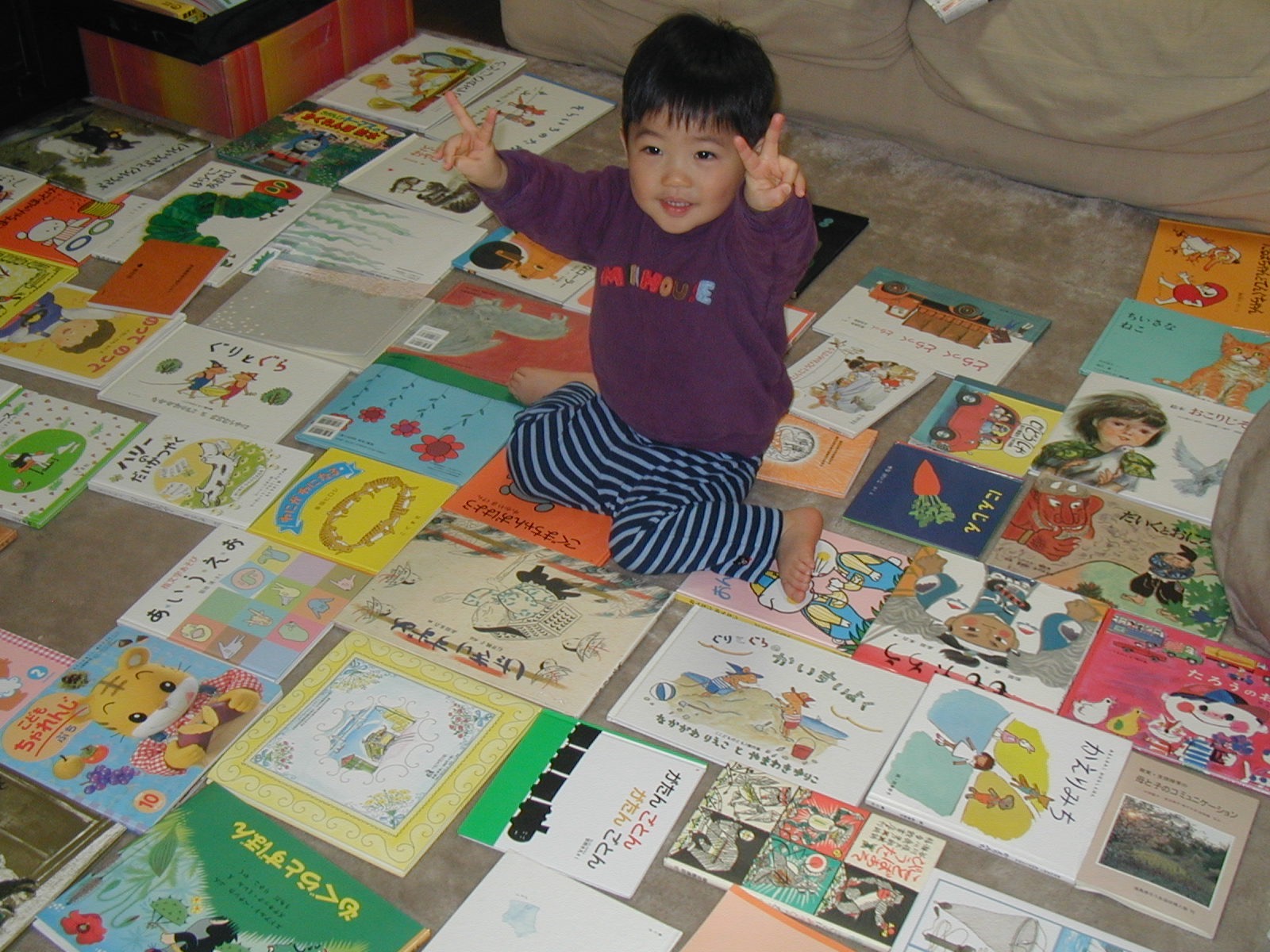
―Until junior high school, you went to Meisei Gakuen, a school for the deaf. Why did you decide to go there?
Nishiwaki Actually, my mother was very shocked when she found out that I was deaf when I was born. When a deaf child is born to a deaf parent, some people seem to think that they are happy because they can understand sign language, but my mother, who was born in the Showa period, experienced the difficult period of deaf education, so she was worried that her son would go through such a difficult life…. With this in mind, I decided to educate people in oral language in order to live on an equal footing in the world of hearing. So at first, I went to a school for the deaf (kindergarten) that encourages oral speech instead of sign language.
―At first, you went to a school that encourages oral speech
Nishiwaki Yes, but when I was about 2~3 years old, I started to feel uncomfortable. The biggest event was reading a picture book. The teacher stands in front of the children and reads them a picture book, but there is no sign language, and only the voice. Still, the other children were laughing happily. But that doesn’t mean that they understood the content and laughed, they simply looked at the pictures of animals in the picture book and said, “Oh, it’s a giraffe! It’s an elephant!” I was bored with that. I wanted to know what kind of story it was, the background and feelings behind each of them. It was very painful and sad for me as a “PO man” to not be able to do that. I cried out loud in the car on the way home that day. So I talked to my mother again and said, “I don’t know what the teacher is saying because the teacher is talking fluently using only the voice!” Then she read the picture book to me in sign language. Then I finally understood the content and I was able to laugh. Seeing the smile on my face made her realize that her son needs Japanese Sign Language. With the approval of my parents, I decided to enter Meisei Gakuen, where sign language is the main language.
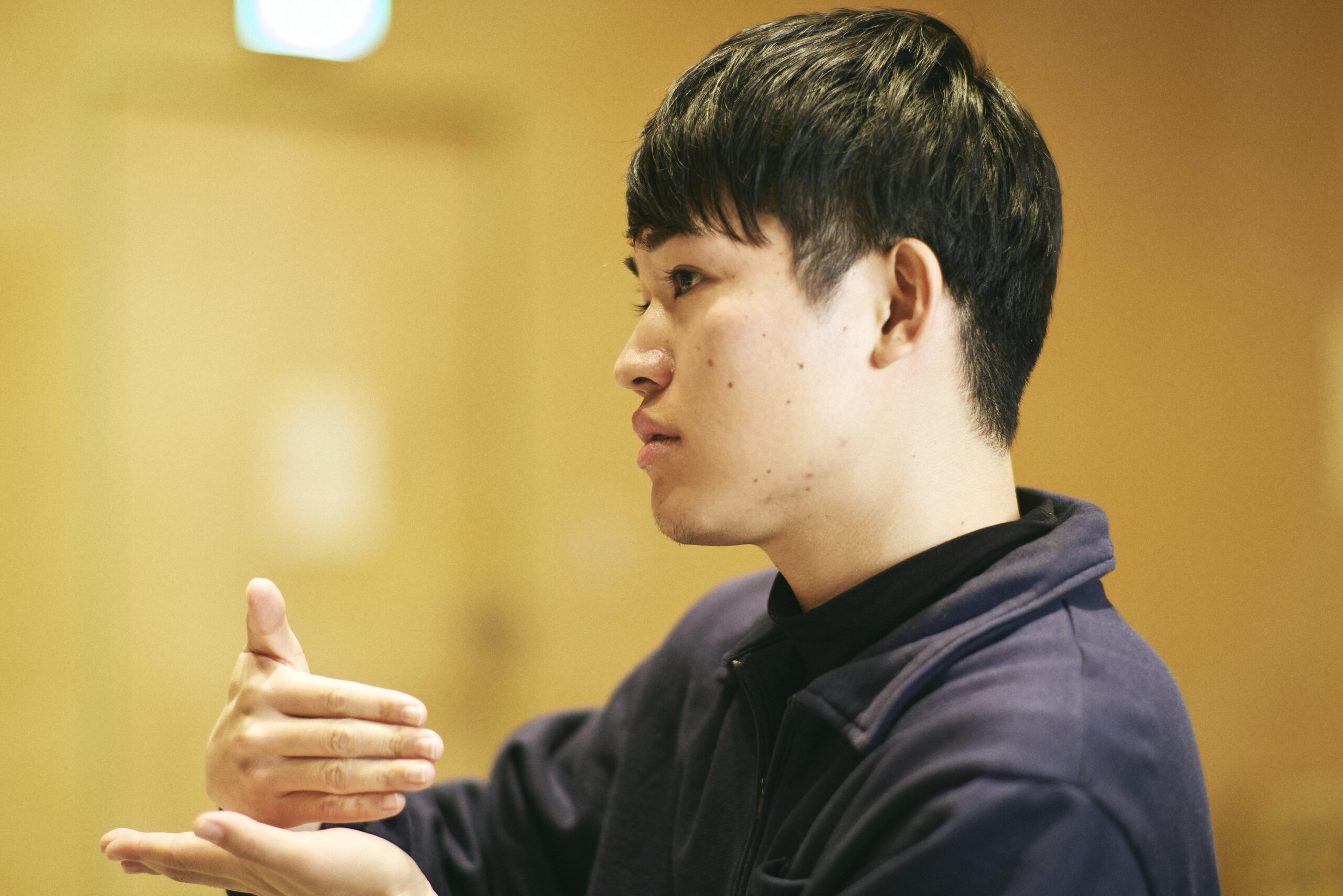
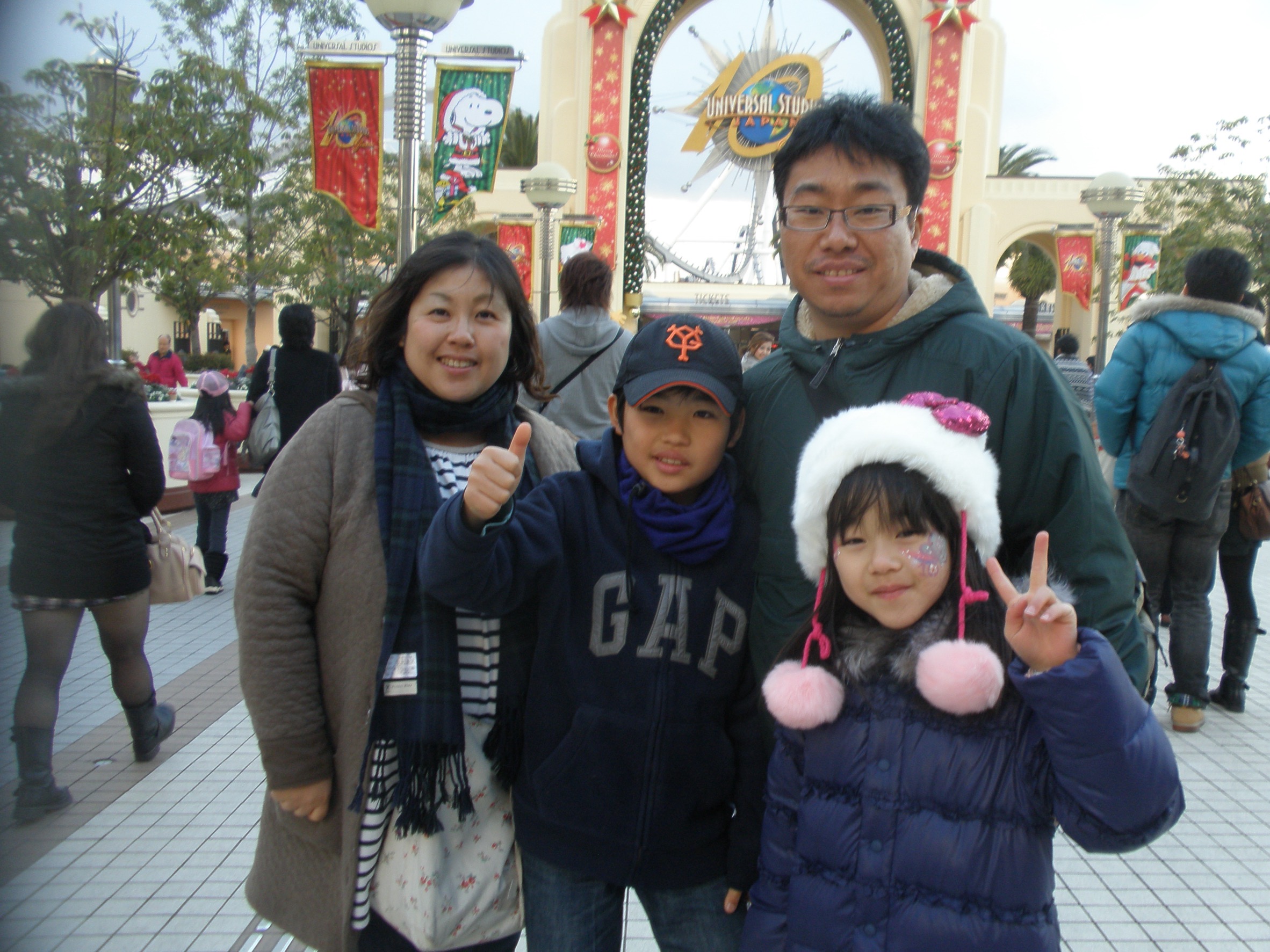
―What kind of school was Meisei Gakuen?
Nishiwaki There are only two private schools for the deaf in Japan, so it is very rare, and one of them is Meisei Gakuen. It is a bilingual and bicultural school that teaches Japanese sign language and Japanese, deaf culture and hearing culture, respectively. Classes are basically taught in two languages, Japanese and Japanese Sign Language, and sign language is used for simple communication such as questions and answers. Japanese is used in textbooks and during classes, so we use two languages in class throughout the day. It is also characterized by a free school atmosphere, and children play a leading role. I had the impression that the teachers respected the children’s independent ideas and provided only minimal support. There was an atmosphere of “you don’t have to understand” and “it’s okay to make mistakes,” so it was easy to take on challenges without fear of failure.
―Please tell us what impressed you about your school life at Meisei Gakuen.
Nishiwaki Meisei Gakuen started when I was in the second year of elementary school, and I attended it for eight years until the third year of junior high school. I have countless memories…. Whether it’s a fight or playing with a friend, each casual event is a precious memory for me. Unlike other schools for the deaf, Meisei Gakuen shares a common language. In ordinary schools for the deaf, there are people whose first language is Japanese Sign Language or people who speak Japanese, there are people who mainly speak oral language, and there are people who do not speak and do not wear hearing aids. But everyone at Meisei Gakuen uses the same language, Japanese Sign Language. This is the same as Japanese in schools for hearing, and there is no gap in communication, so you can argue, fight, and play together. It was a valuable time at school where I was able to have such an experience.
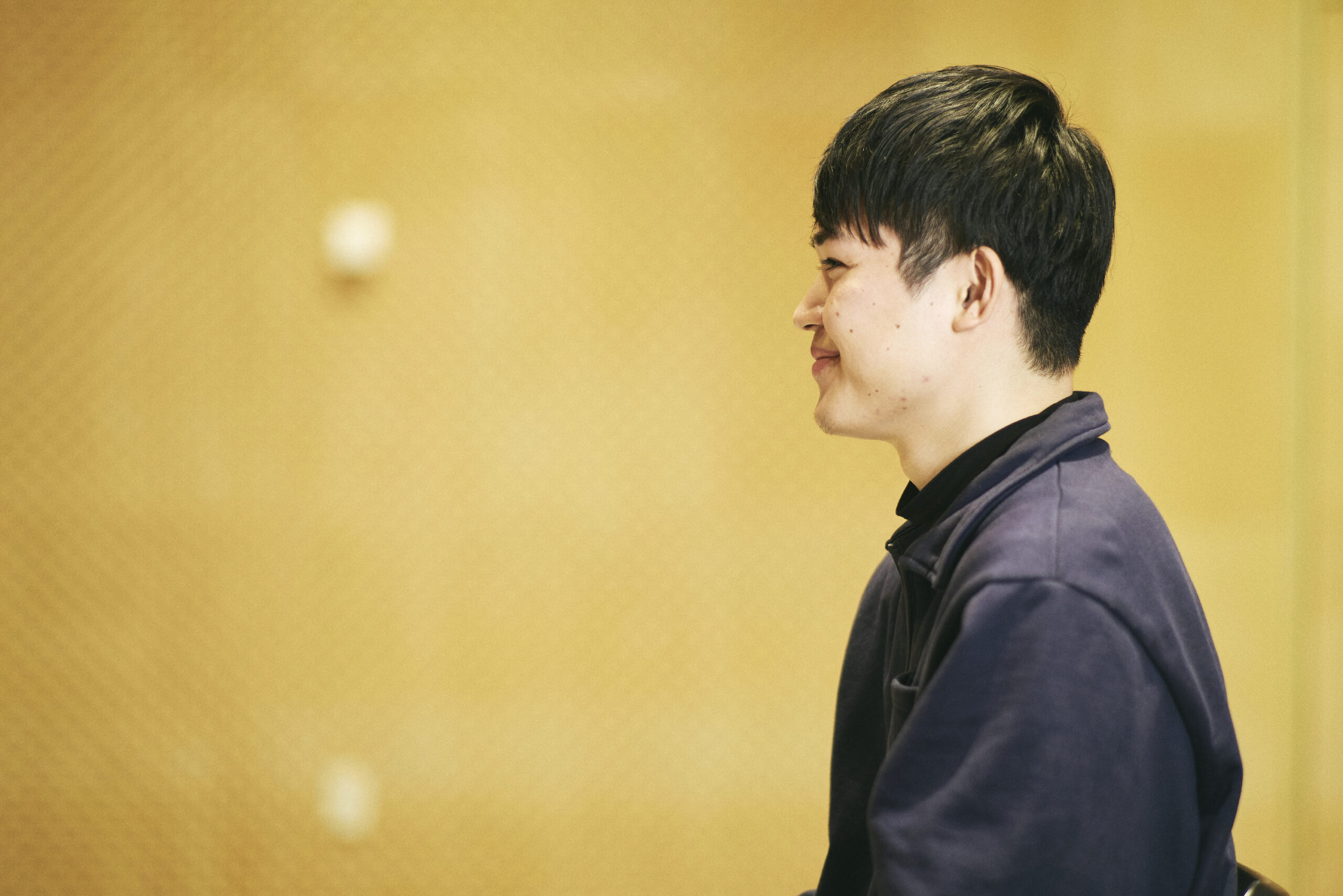
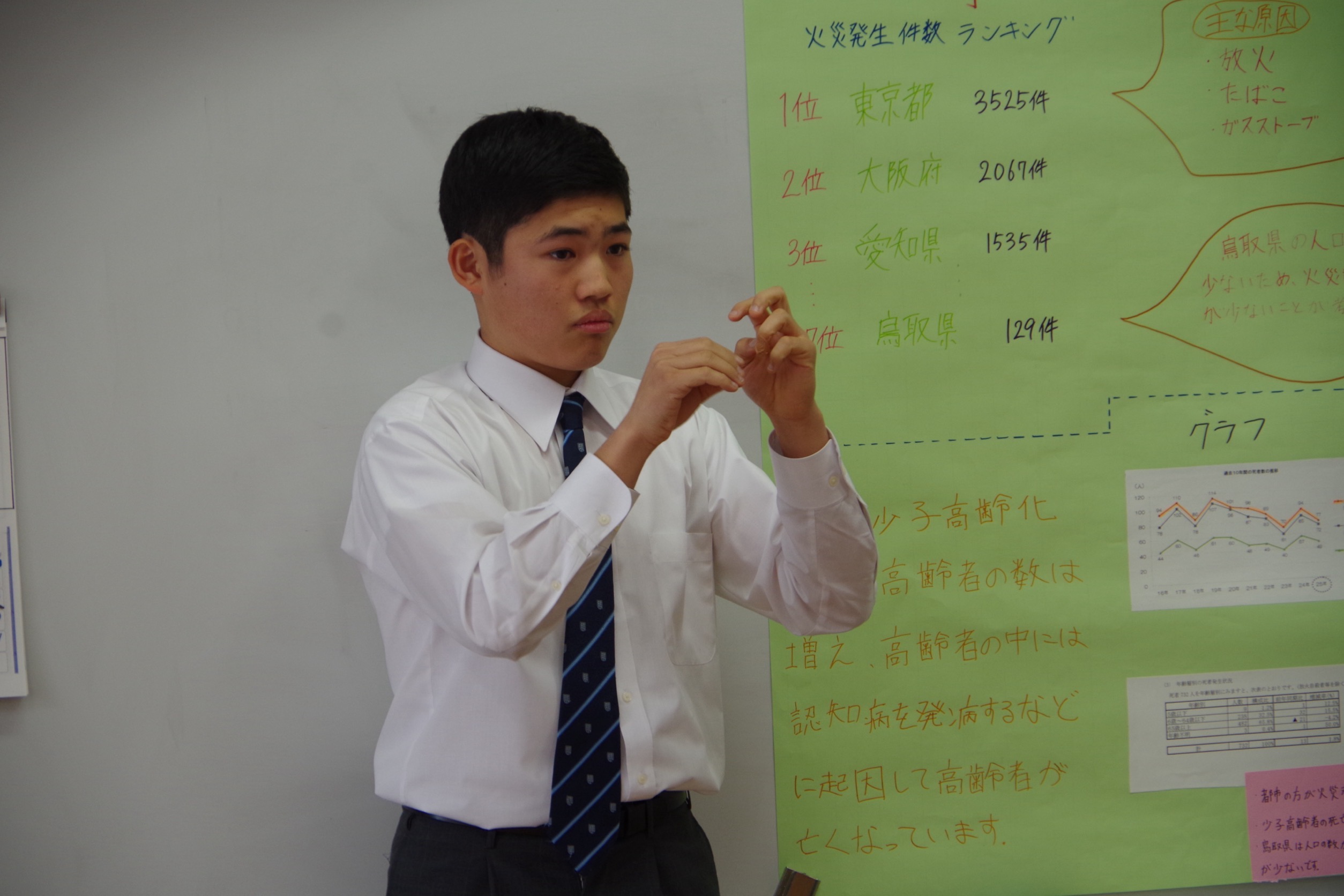
――Why did you enter a high school for the hearing?
Nishiwaki One of the reasons I went to a school for the hearing was because of baseball. I started playing baseball in the first year of elementary school, and I had a longing for Koshien. The big tournaments such as Koshien and WBC are all hardball baseball. All the schools for the deaf were softball, so I joined a strong baseball school to pursue my dream. The other reason is that until junior high school, I was in a deaf environment both at school and at home, so I gradually began to be concerned about the society of hearing people. I thought that I would be able to grow by experiencing and stimulating things that I had never experienced before in these three years, so I chose a school for the hearing.
―What was your student life like when you were in high school? Please tell us what you felt going there.
Nishiwaki The three years were a lot of fun, but there were equally some painful memories (laughs). As a result, I was away from the deaf community for three years of high school, so it was like “studying abroad”. Through my high school life, I was able to meet a variety of hearing people and learn about cultural differences. It was very significant.
―What was the hardest part?
Nishiwaki For example, in baseball, I practiced hard every day, but there were many times when I realized my lack of ability. Even so, I must do my best not to lose to many of my classmates, seniors, and juniors. It’s a matter of course, but until junior high school, Meisei Gakuen had a small class size, so it was the first time for me to compete in a large group…. However, this is not a painful time for a deaf person, but a painful time for myself.
The hardest part for me as a deaf person was being among the hearing people. I entered the school in a situation where I didn’t know anything about the culture of hearing people, so even the way I sent emails was completely different, and I was often confused. At first, I really didn’t know what to do, but with the help of my friends and teachers, I gradually got used to it. When I look back on my high school days, my personal struggles have actually been an opportunity for me “to see myself as a deaf person”. In fact, I learned that there are many barriers between deaf and hearing people, but there are many barriers that can be overcome with effort and ingenuity. After I knew that, the painful memories became a “fifty-fifty chance” when I was in high school.
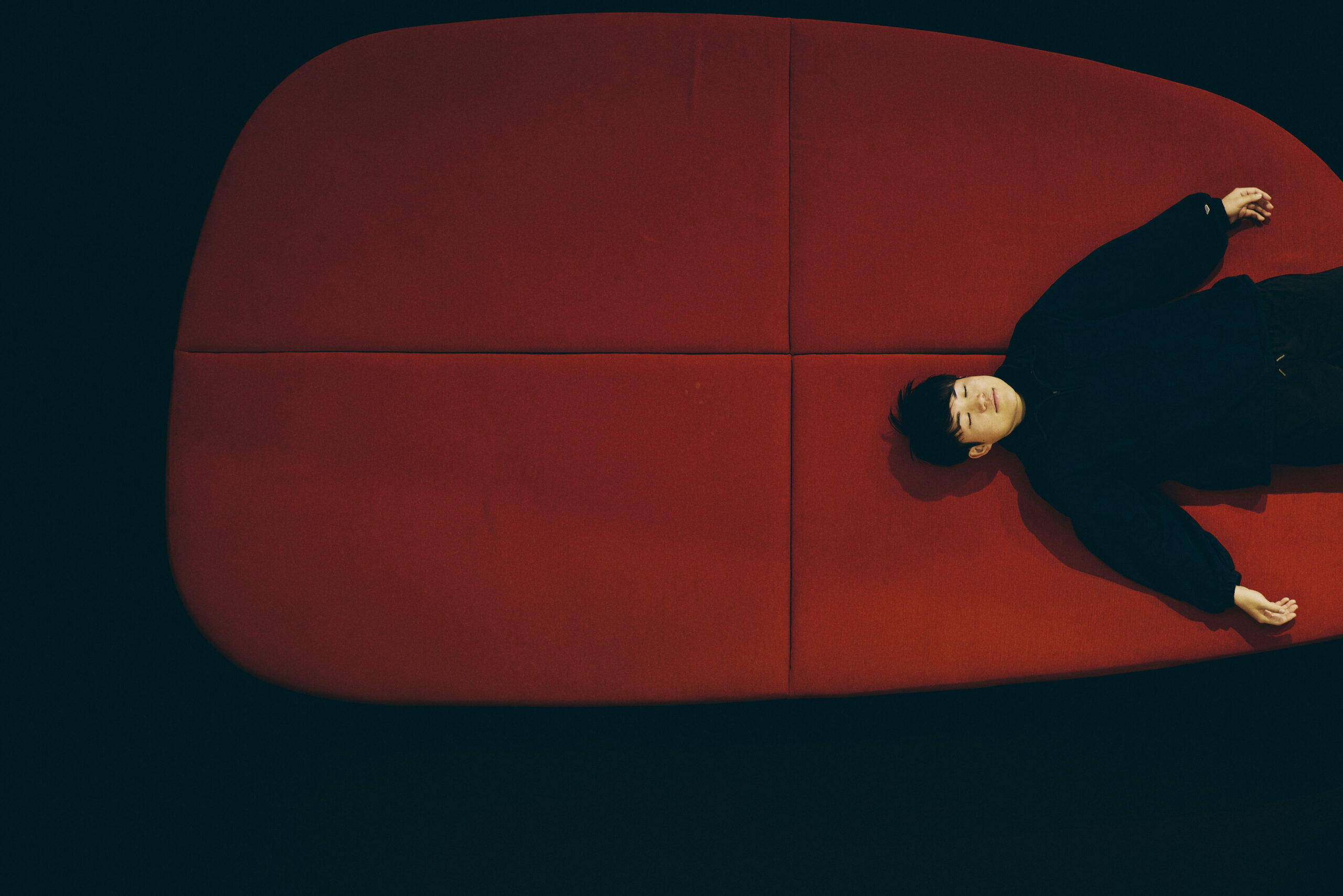
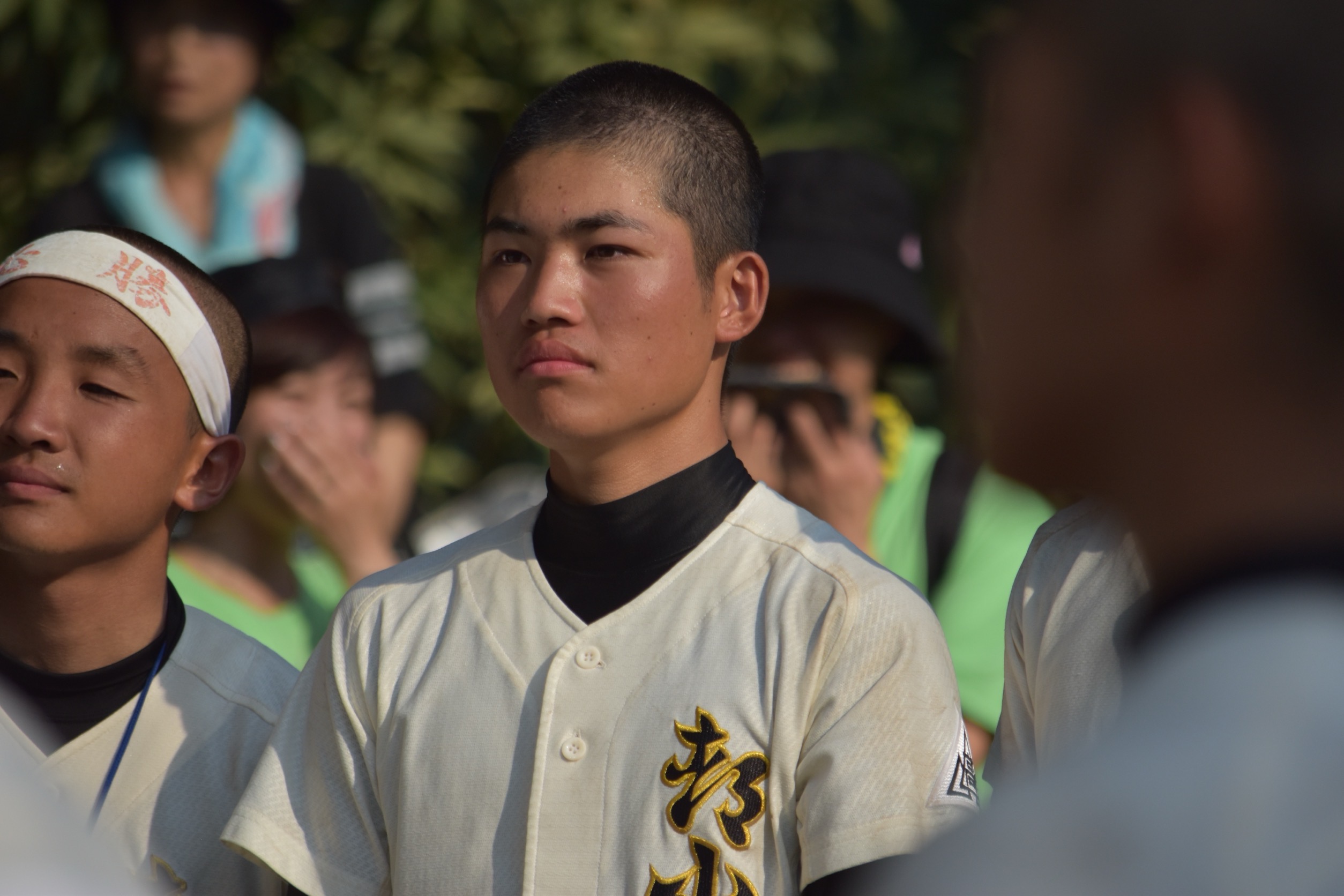
―After you went to university, you did a research on an impressive theme.
Nishiwaki When I was in high school, I played baseball almost every day and didn’t have a day off, so as a result, I kept a distance from the deaf community. However, when I became a university student and looked at the deaf community again, I realized “a necessity and crisis”. The deaf community has a sign language and has its own culture. Despite this, the majority of the hearing community has a pervasive awareness that “it is better to be able to speak” and “it is better to be heard” as their values. One obvious example of this is cochlear implants. From the perspective of a hearing person, cochlear implants helps to “cure so that even deaf people can hear,” but I feel a little concerned that the deaf community, sign language, and culture will be lost as the number of children with cochlear implants increases.
From that point of view, is it really a good idea to “be able to hear”? In order to get people to think about this broadly, I felt that it was necessary to show the value of deaf culture and deafness to the hearing. I wanted to deepen the deaf community even more, so I started working while looking for what I could do.
―What kind of activities were you actually involved in?
Nishiwaki I participated in a variety of activities, but the one that left an impression on me was the “National Deaf Student Roundtable”, where deaf university students from all over the country gathered to interact with each other. At the training camp held once a year, we discuss the environment around us in sign language, and it is quite passionate. Even among deaf people, everyone has different viewpoints, perspectives, and thoughts, and it was stimulating and very meaningful to be exposed to opinions that I did not have.
I also met a person who was involved in research in sign language linguistics, and I supported him in his laboratory. From this trend, I began to teach sign language and work as a sign language instructor, and I began to have more opportunities to express myself in sign language externally, and by the time I was 20 years old, I was offered to perform on stage. That led me to my current career as an actor.
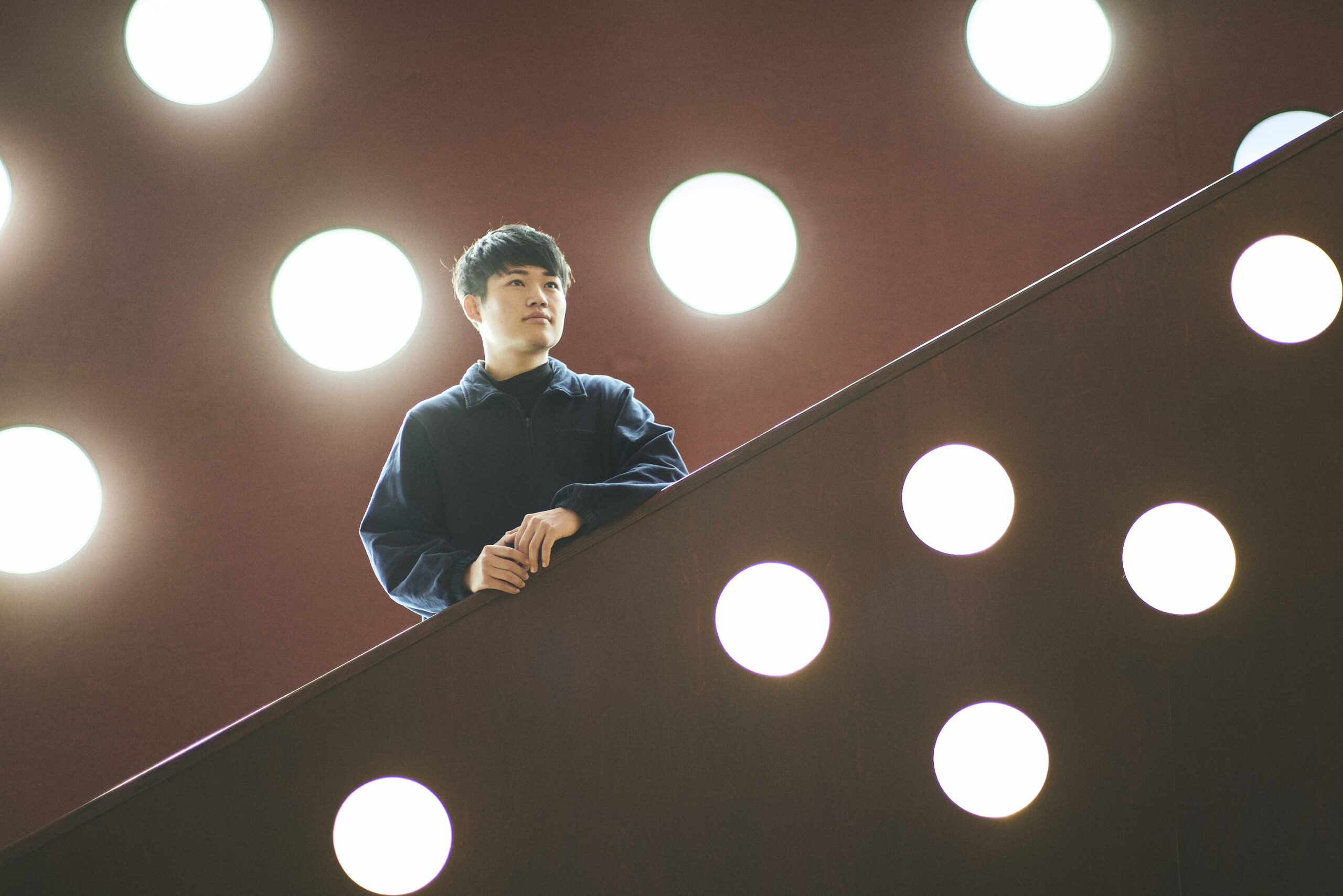
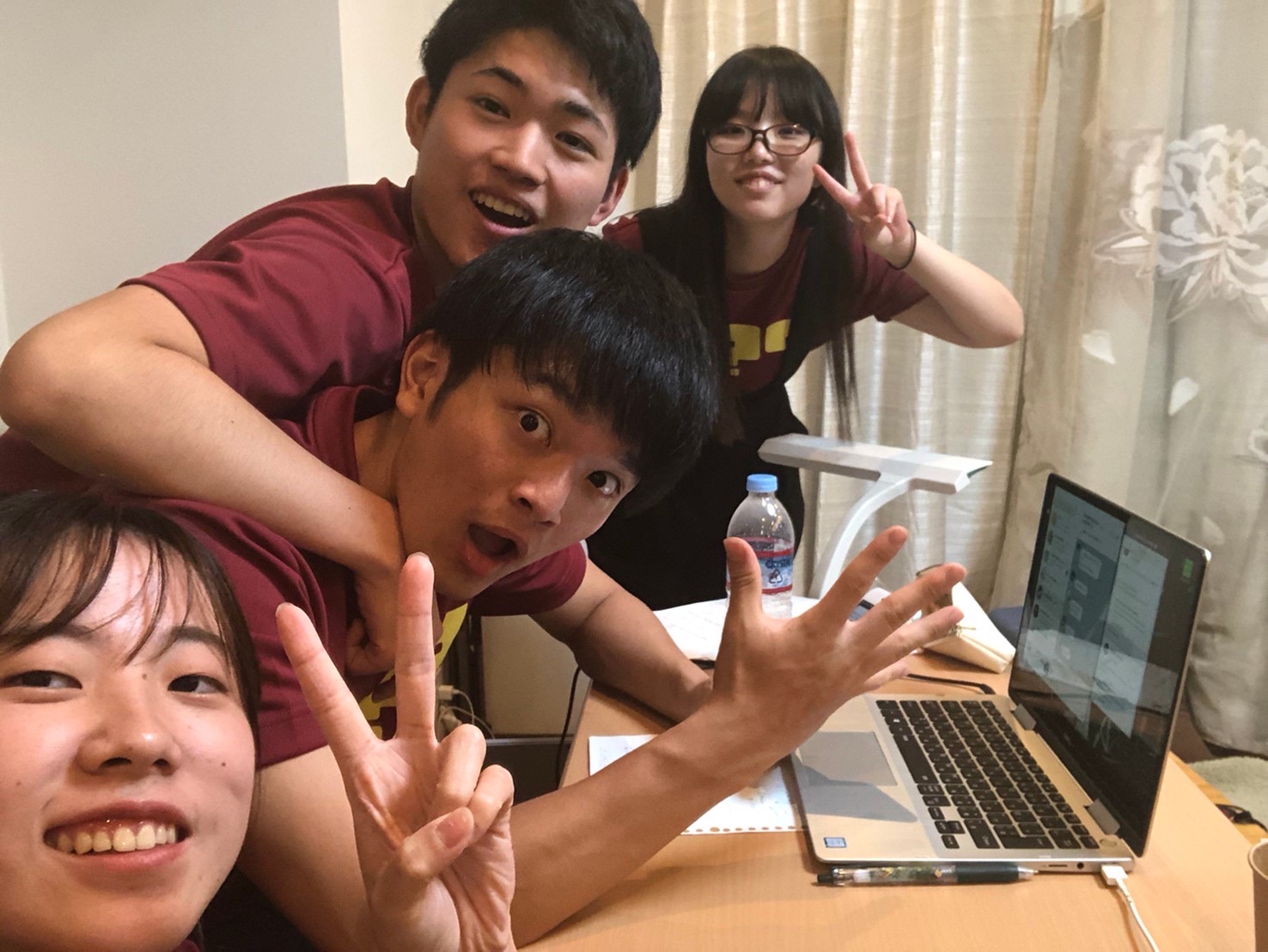
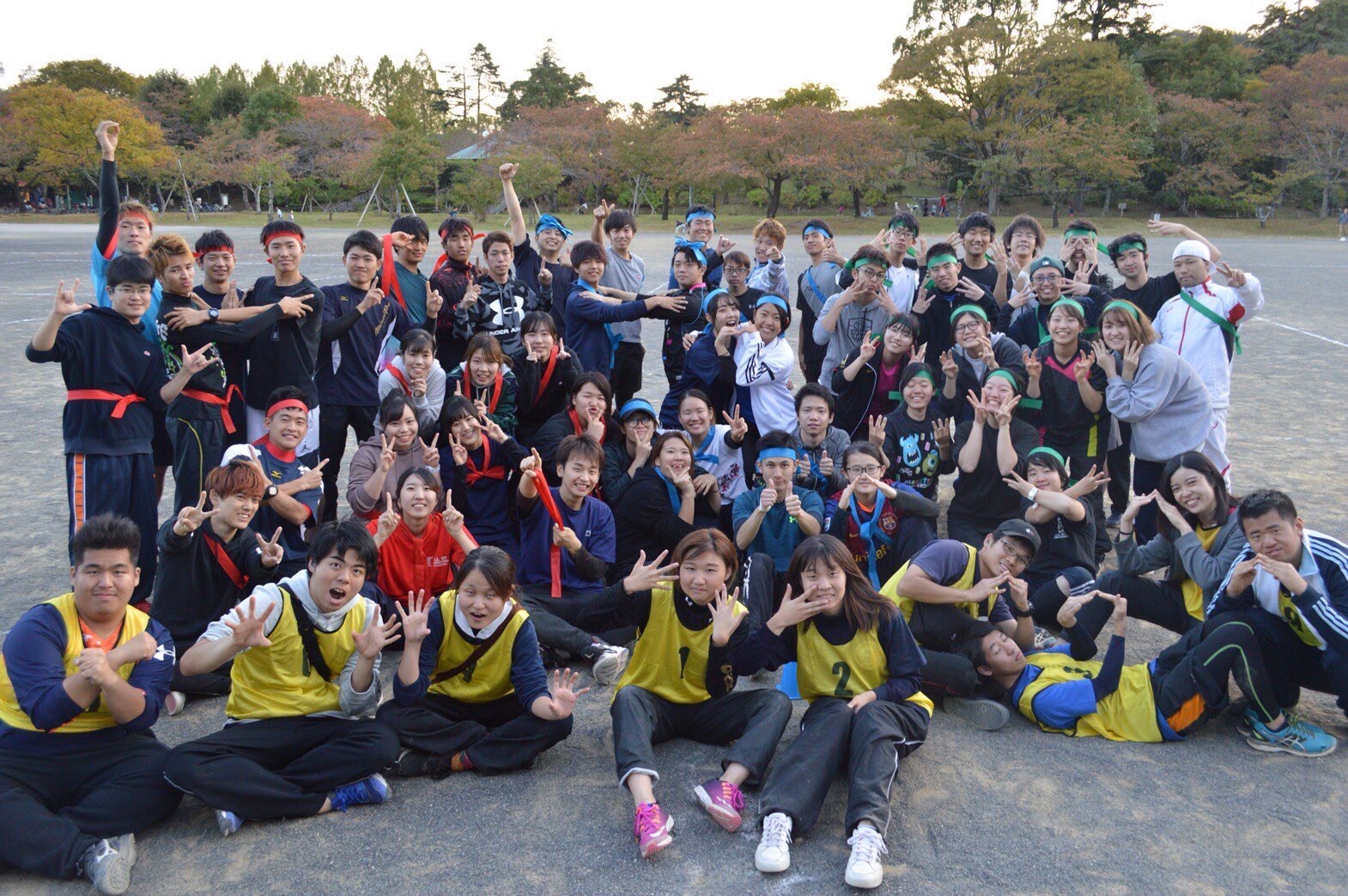
―What made you start receiving offers to perform on stage?
Nishiwaki Actually, I don’t know much about it myself, but if I could think of one, it would be the coming-of-age ceremony…. The ward asked me if I would like to apply to make a representative speech at the coming-of-age ceremony. To be honest, I was hesitant because I had the feeling that such a speech would be given by a hearing person, but when I applied, whether good or bad, I was chosen. At that time, the ceremony was held online due to the Covid-19 pandemic, and I think people who saw the video offered me “how about performing on stage” or “how about a career in acting”…. Until then, I hadn’t thought about a career in theater performance at all, and I don’t know if that’s the right way to say it, but I thought that I was more suitable to work behind the scenes. However, I have now been given various opportunities to stand on the front stage. It is strange, isn’t it?
―I thought that you wanted to become an actor because you performed a play at a high school cultural festival.
Nishiwaki It was a good experience, but that wasn’t the reason (laughs). At the cultural festival in the third year of high school, it was decided that our class would do a play, and everyone would either become performers, or in charge of lighting, or art. At that time, I never thought about becoming a performer, because no one would understand me if I performed in sign language. So when I was thinking about doing art, the Cultural Festival Committee nominated me to be a performer. At that time, I hadn’t even written a script yet, but I was offered to become a performer even if I played a deaf role, and I became a performer. In an environment where I was the only deaf student among the hearing students, I was told that “Nishiwaki can make something better,” and it was very valuable to have the experience of deaf and hearing people creating and performing together on stage.
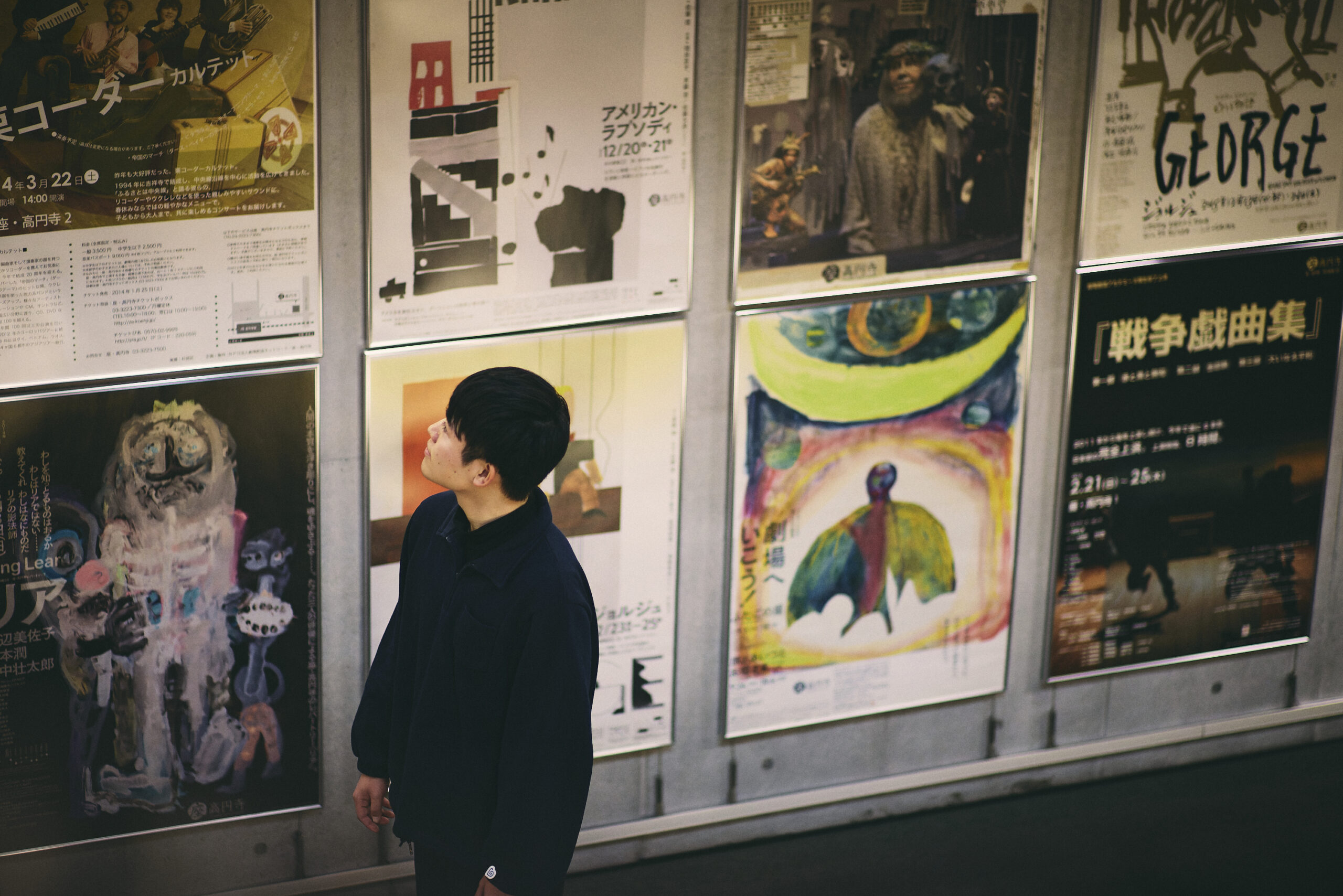
―Last year, you auditioned for and passed the audition for the stage play “A Midsummer Night’s Dream” at the Za-Koenji public theatre, and you appeared as the role of fairy Puck. Why did you decide to audition?
Nishiwaki I was also appearing in a special drama broadcast on NHK, and I received information from a group of people involved that they were going to hold a play on the same theme as Za-Koenji public theatre “Let’s go to the theater!” (*), and that auditions would be held. Until then, I had only done the jobs I had been offered to do, so participating in the audition itself was my first challenge. In addition, this was a play for the hearing, and since I mainly performed on the stage of the deaf community, I thought it would be a challenge that I had never had before, so I applied.
* “Let’s go to the theater!”: A project held every autumn at the public theater “Za-Koenji (Suginami Arts Hall)” in Suginami Ward, Tokyo, and two repertoire works that both adults and children can enjoy together are performed. Junior high school students and younger people can watch free of charge, and students in the fourth year of elementary school in Suginami Ward are invited to watch the performance. Nishiwaki passed an audition to appear in “A Midsummer Night’s Dream,” which was staged in August 2024 as part of the same project. The performance is scheduled to be performed from September to October this year at the public theater Za-Koenji, the Medikit Prefectural Cultural Center (Miyazaki), and all elementary and junior high school gymnasiums in Japan.

―Did you audition because you wanted to pursue a career in theater?
Nishiwaki Of course, I wanted to perform, but at the same time, I wanted to enliven deaf culture and the deaf community by becoming a member of society. I had hoped that I would be able to derive what I had cultivated in the deaf community that I had lived in by going outside, and that a wonderful chemical reaction would occur if I could convey something to the people who saw the play. This is the guiding principle of my activities.
―You have mentioned many words like “deaf culture” and “deaf community” so far, but what do you find appealing about these words?
Nishiwaki Just as Japanese is a naturally occurring language when hearing people gather, there is Japanese Sign Language when deaf people gather. In both languages, a community develops when there are two or more people and creates a culture. And art is created along with culture. The so-called visual vernacular (*) that sign language entertainer Eri Nasu is doing is something that has been created in the deaf community. Also, there was an instance when you closed the glass door during a photo shoot, we couldn’t communicate with your voice, but we could communicate using sign language. There are some things that work and can be done because of sign language.
Entering the school for the hearing had a huge impact to make me realize this. It’s similar to going abroad and experiencing the goodness of Japan. That’s why I sometimes use the expression “study abroad,” but by going back and forth between the two communities, I was able to learn about each other’s charms and see my own community from a different perspective. That’s why I realized that it would be a shame not to convey the charm of deaf. If we don’t actively convey it, it will disappear more and more as it is a minority.
*Visual Vernacular: A classifier unique to sign language, (Hereinafter referred to as CL), a performance that uses a method of conveying shapes in a graphic manner. A different way of expressing gestures. CL has many elements in common with other countries, and it can be enjoyed even if you don’t understand sign language because it is expressed visually without speaking.
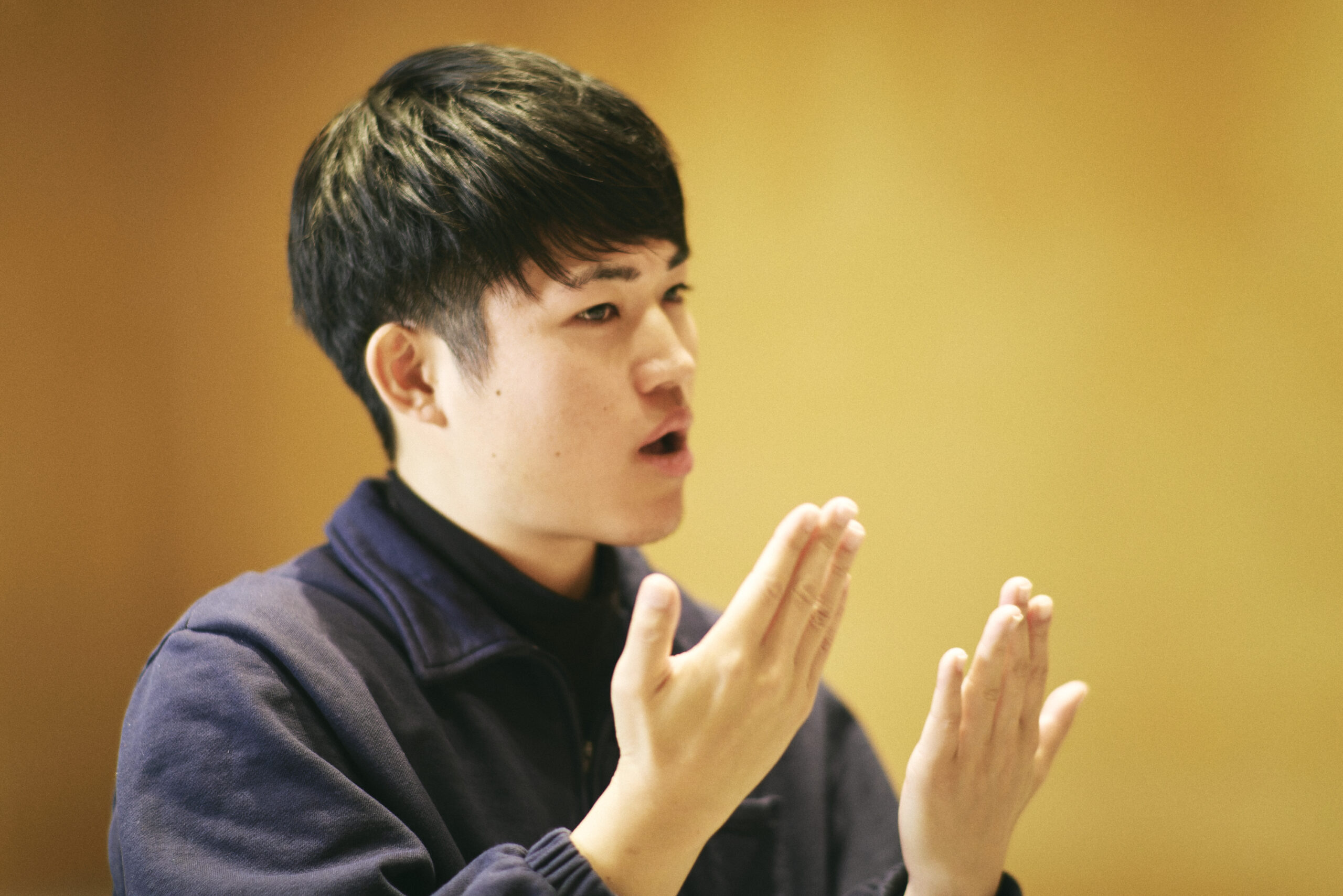
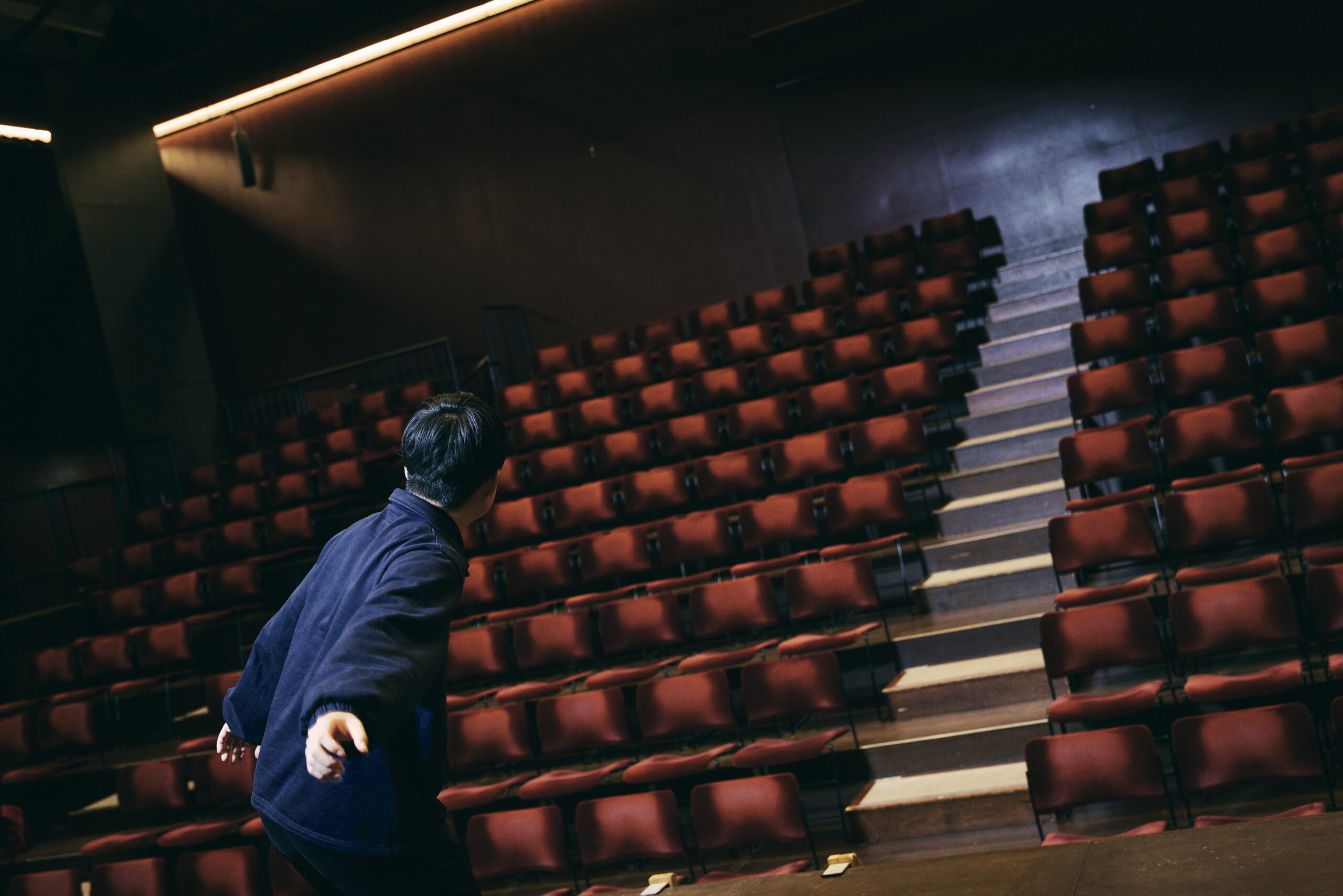
―What is your impression of Keita Shirai, the artistic director of “A Midsummer Night’s Dream”?
Nishiwaki Until I participated in the audition, it was the first time for Keita Shirai to meet a deaf person and to be exposed to sign language. So I was very worried about how I would be viewed when I actually faced Keita Shirai. However, when it was decided that I would appear in the show, they started thinking about “how can a deaf actor perform” three months before rehearsals. He studied sign language and deaf culture from scratch, and he carefully considered the script and performance. I was really happy to see that response, and I wanted to respond well as an actor. Try to actively learn and check what I don’t understand without leaving it ununderstood. Keita Shirai also asked me every time he didn’t understand the performance, and I could feel the density of communication gradually increasing.
Through these interactions, we deepened our understanding of each other, and I was able to realize that regardless of whether I am a deaf or hearing person, they respect me as a person. Keita Shirai can’t use sign language, but when I look into his eyes, I feel like my thoughts are being seen through. ” Every time he looked me in the eye and asked me, “What do you think, Nishiwaki-kun?”, I thought, “I don’t have to hold back” and “It’s okay to express my opinion.” Of course, he also involved all the other performers and crew members to create an environment. I can’t stop talking about Keita Shirai (laughs).
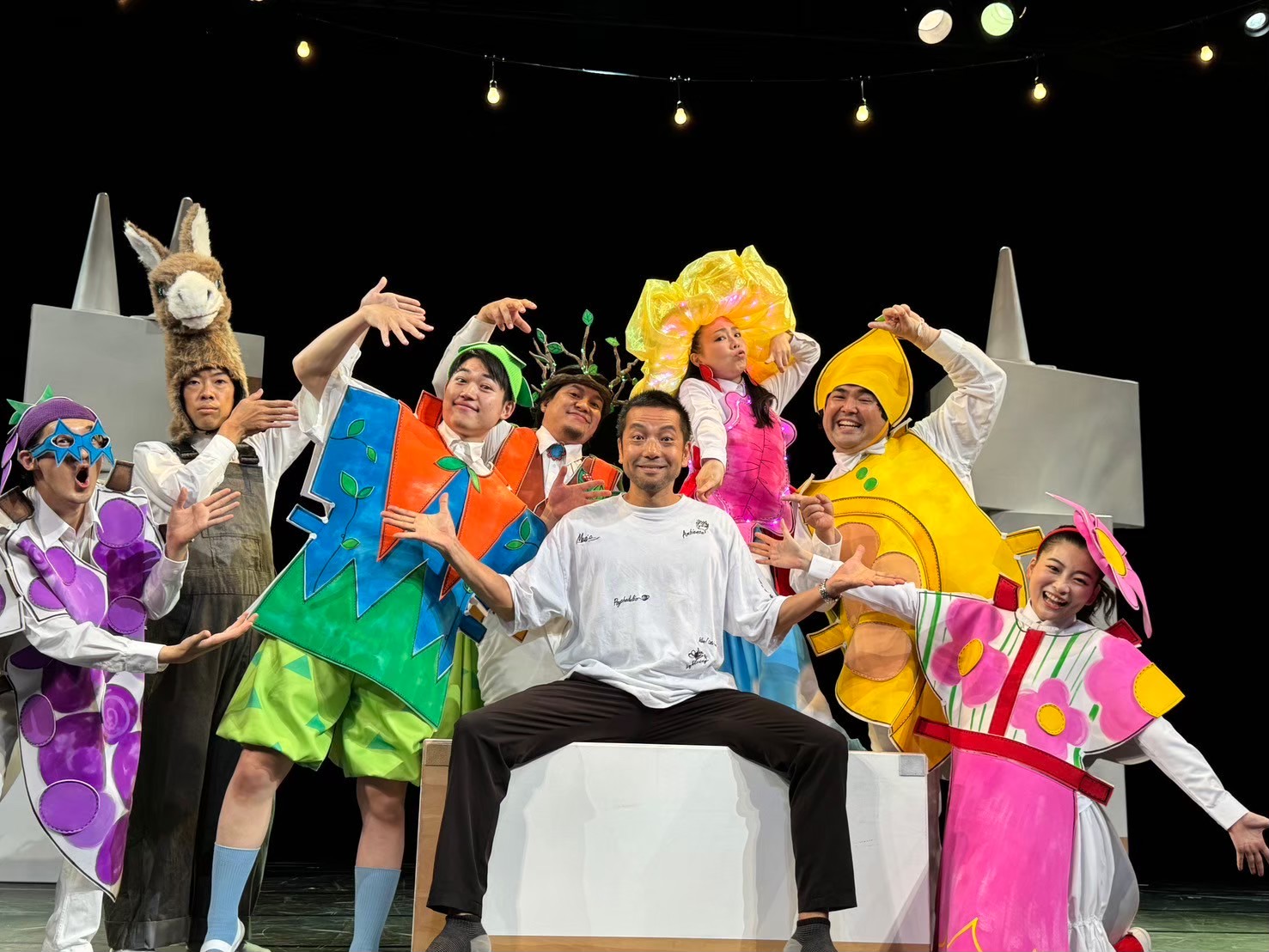
―At Za-Koenji, tablet computers were lent out for deaf people to watch the play. What do you think needs to be done to make it more enjoyable for deaf people to go to the theater in the future?
Nishiwaki When it was decided that I would be performing, it was expected that a deaf audience would come. In anticipation of this, we talked about how to guarantee information in order to convey spoken dialogue to deaf people. Za-Koenji public theater, has been active in this regard, and for this performance, we “lent out the script in advance and “lent out the tablet computers with subtitles” on the day of the performance. Thanks to this, we were able to make it possible for deaf people to enjoy it at a certain level.
But in reality, there are still many challenges. For example, what kind of balance do we have to achieve between “information security” and “enjoying the stage”? It’s not enough to display it in text as an information guarantee. Essentially, it is best to get information in the audience’s first language. However, when it comes to that, the tablet computers at hand are not enough. Deaf people also have strengths and weaknesses in Japanese, some elderly people do not have adequate Japanese education, and children may not be able to read kanji displayed on tablet computers in the first place. In that case, the mere presence of subtitles does not guarantee information. The deaf audience can understand my lines in Japanese Sign Language, but they don’t understand the other voices. Hearing people don’t understand my Japanese Sign Language, but they can understand other lines. We need to consider more solutions to this combination. Personally, I feel that there is a difference and limit between what is expressed in language and what is displayed with subtitles. Even a single word of “thank you” cannot be conveyed by written information, whether it is said angrily, dissatisfied, or sincerely grateful. I would like to work together on how to deliver the subtle nuances that cannot be displayed with subtitles.

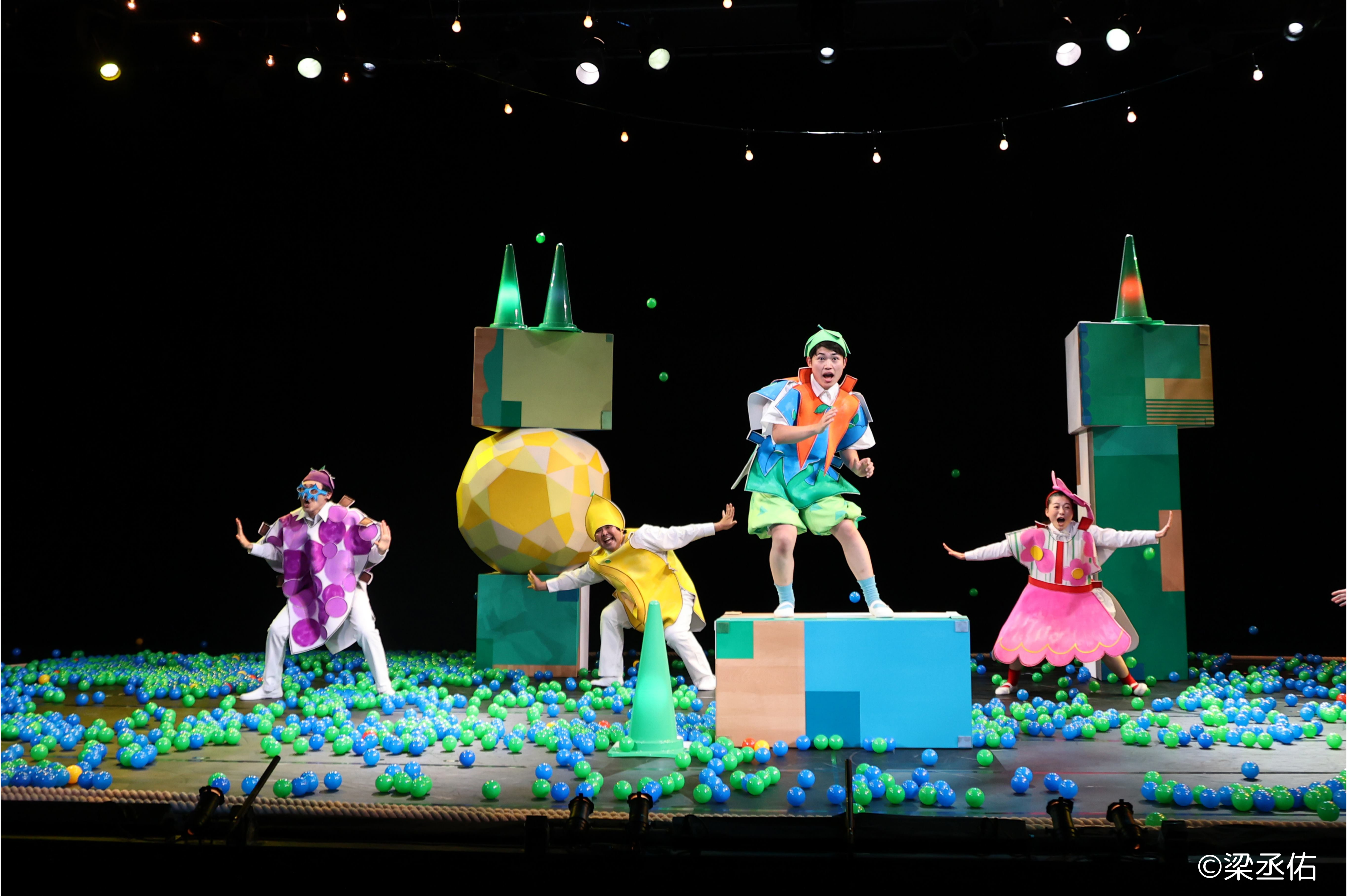
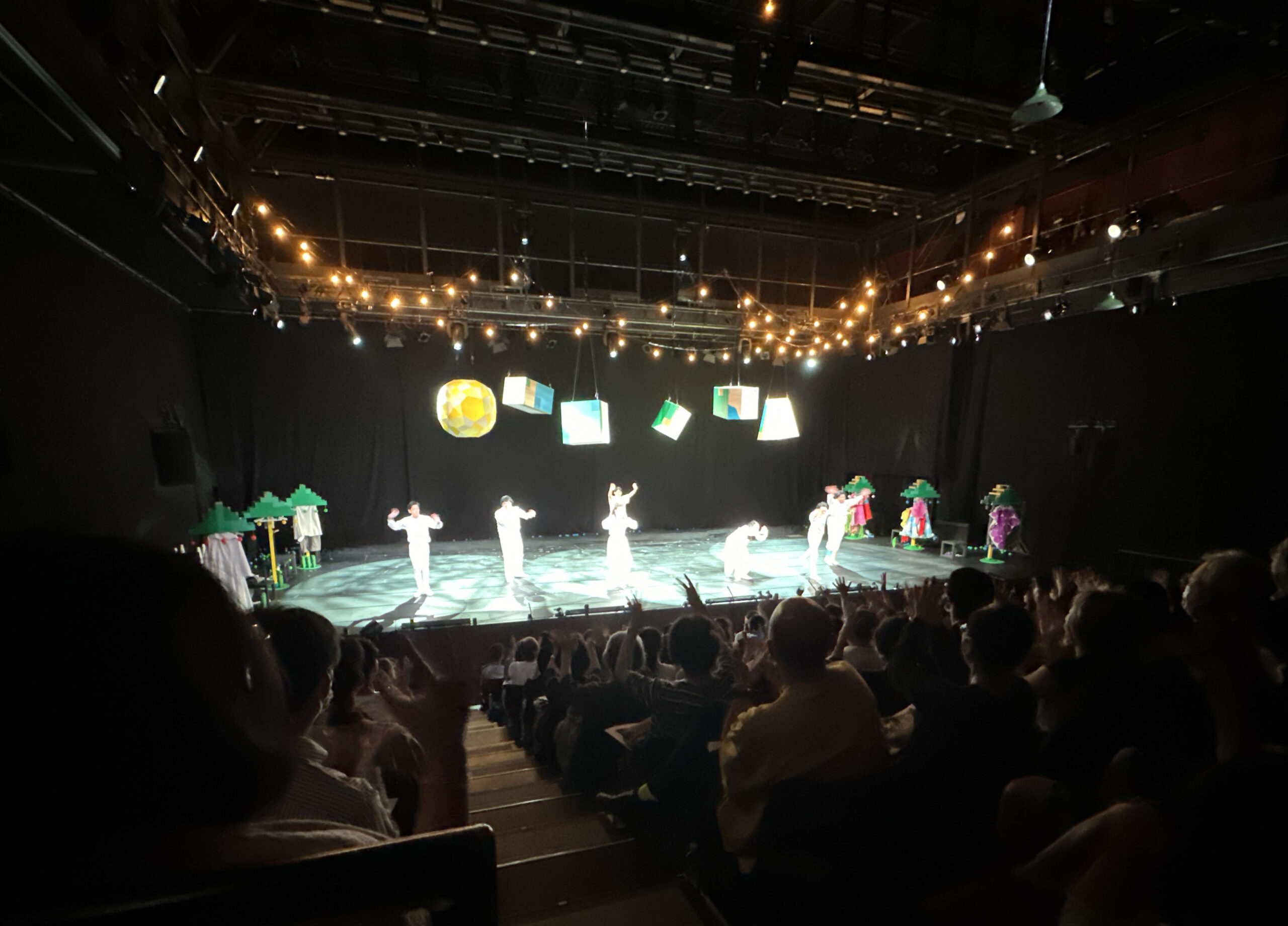
―The title of “sign language artist”. It’s very impressive, but what are your thoughts on this title?
Nishiwaki There are two main types of work that use sign language: one is to explain the video in sign language standing next to it, and to translate the Japanese of the video into sign language. Emotions such as joy and anger of the characters are expressed in sign language. I am truly an artist. The other is the role of a navigator. Firmly control the vocabulary of sign language to ensure the quality of expressions that deaf people can see. It is necessary to express the vocabulary selection and intonation spoken by the hearing person by firmly incorporating it into sign language. I work in both jobs, and although I am a different type of person, I use the title of “sign language artist” because I make a living out of “expression”. But I’m still trying to figure out how to use this title.
―You are involved in various activities such as acting and sign language interpretation, but is there anything you would like to work on in the future?
Nishiwaki I would like to deepen the work that I am working on so that people will be more interested in deaf culture and sign language. I want to make it more pervasive in society. For example, it gave the deaf people an opportunity to enter the stage by auditioning for “A Midsummer Night’s Dream,” and it led to the creation of opportunities for hearing people to become interested in deaf culture and sign language, and for deaf people to have fun together. I want to create more opportunities and environments like this with my own hands. I would like to engage in activities that can make deaf people and sign language more familiar to society as a whole.
――What are you working on the most right now?
Nishiwaki I want to improve my skills as an actor and my sign language skills. Even though I grew up deaf, there are still many things I don’t know about sign language vocabulary and expressions. Even now, there are words that I know for the first time, and there is still a lot to learn. I would like to accumulate knowledge, hone my skills, and constantly pursue richer expressions. Recently, I have also started working behind the scenes, but I would like to improve my ability to manage on my own and to organize and coordinate teams and organizations. I want to be able to create opportunities to express myself on my own.


―The Deaflympics will finally be held in November. How did you feel when you found out that it would be held in Tokyo?
Nishiwaki This is a chance to spread the understanding of deaf culture and sign language. Also, I thought it would be a good opportunity to think about what it means for deaf and hearing people to live together in the city of Tokyo. As the event will be held in Tokyo, you can easily go and watch a big world level event. By connecting with people not only in Japan but also in other countries around the world, you should be able to get various stimuli. It will be a major turning point in the lives of deaf people. Of course, I think it will be a great opportunity for the purpose of my activities, which is to “revitalize the deaf community.”
―Are there any sports or athletes that you personally look forward to at the Deaflympics and athletes that you are supporting for?
Nishiwaki Track and field athletes Maki Yamada and Minato Sato. We have a lot of opportunities to work together, and there is a high possibility that they will participate, so I’m really looking forward to it. Also deaf volleyball players Mio Nakata and Yumi Haseyama. They’re my childhood friends! Many of my childhood friends, friends, and acquaintances will be participating in this year’s Deaflympics, so I’m really looking forward to seeing them in action.
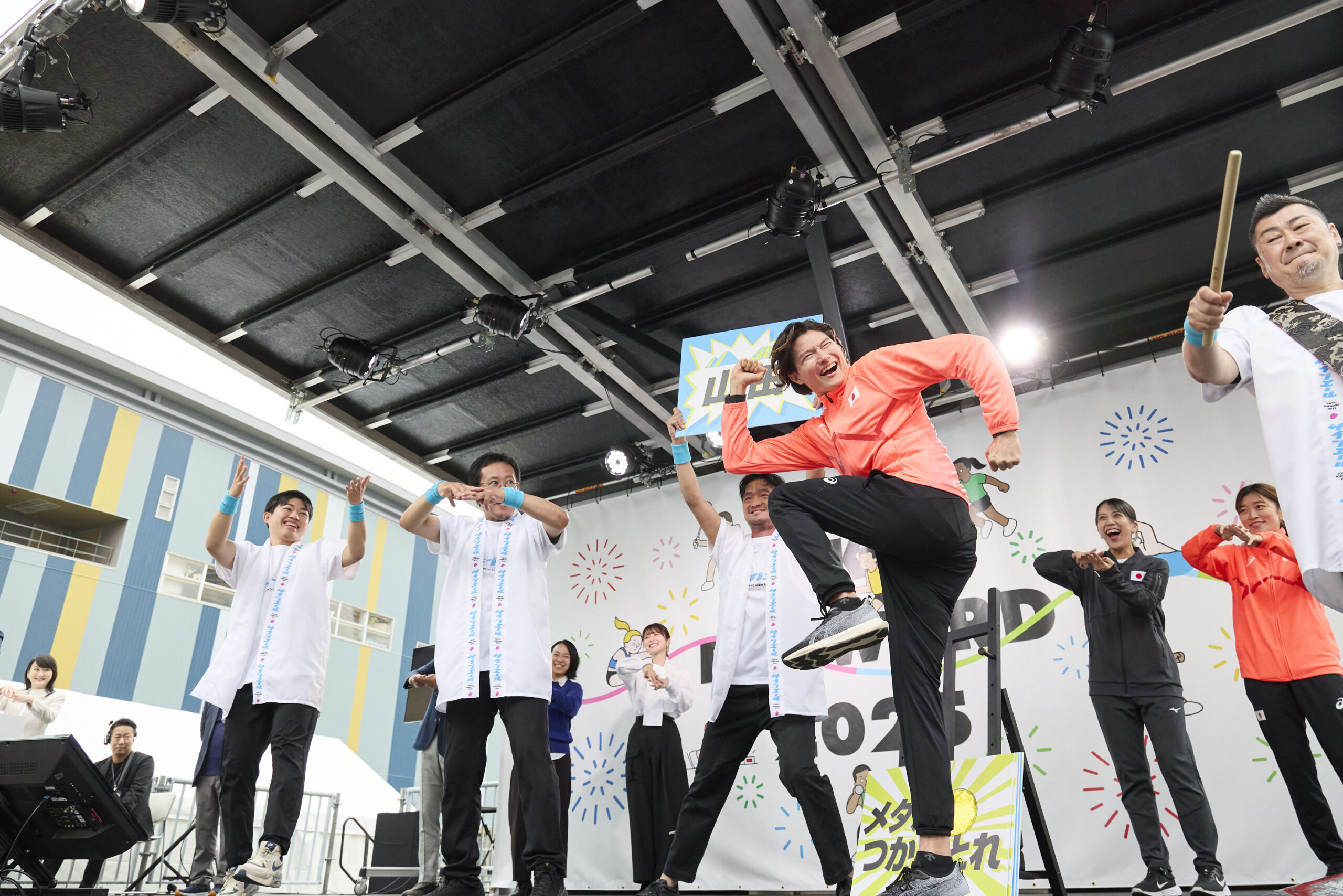

―Unveiled at a commemorative event one year ago in November 2024, “Cheer signs” (Japanese name: Sign Yell) is a new form of support that can be conveyed with “eyes”. You are also one of the production members, but what kind of things did you keep in mind when creating the “Cheer signs”?
Nishiwaki Even if you say the word “create”, there are various meanings such as creating 1 from 0, making 100 from 1, breaking 100 and making 1. Among them, “Cheer signs” was created from a blank slate where nothing could be seen. The process of making it was very difficult. We gathered people who are active in the world of culture and the arts and are skilled in sign language expression, as well as deaf athletes, and spent four months creating the basic form. Right now, we’re adjusting it for each sport, and we’re still in the process of making it. The main purpose of “Cheer signs” is to “deliver support to deaf athletes” and to give shape to support that can be conveyed to deaf people and cheer that excites their hearts. We have a long history of supporting hearing people, and there are many ways to do so. While referring to them, we are creating new support for deaf people. It’s difficult and challenging, but it’s very rewarding.
―I saw the announcement, and I felt that if everyone cheered with “Cheer signs”, the supporters would have fun.
Nishiwaki Of course, the first thing is for the athletes. However, the appeal of cheering is that it leads to the spectators enjoying watching the tournament even more, and “Cheer signs” has the power to let deaf people experience that charm. The venue can be united by using “Cheer signs” with all the spectators. I feel a lot of pressure when I think that I’m trying to create that, but what kind of atmosphere can I create? I’m really looking forward to it.
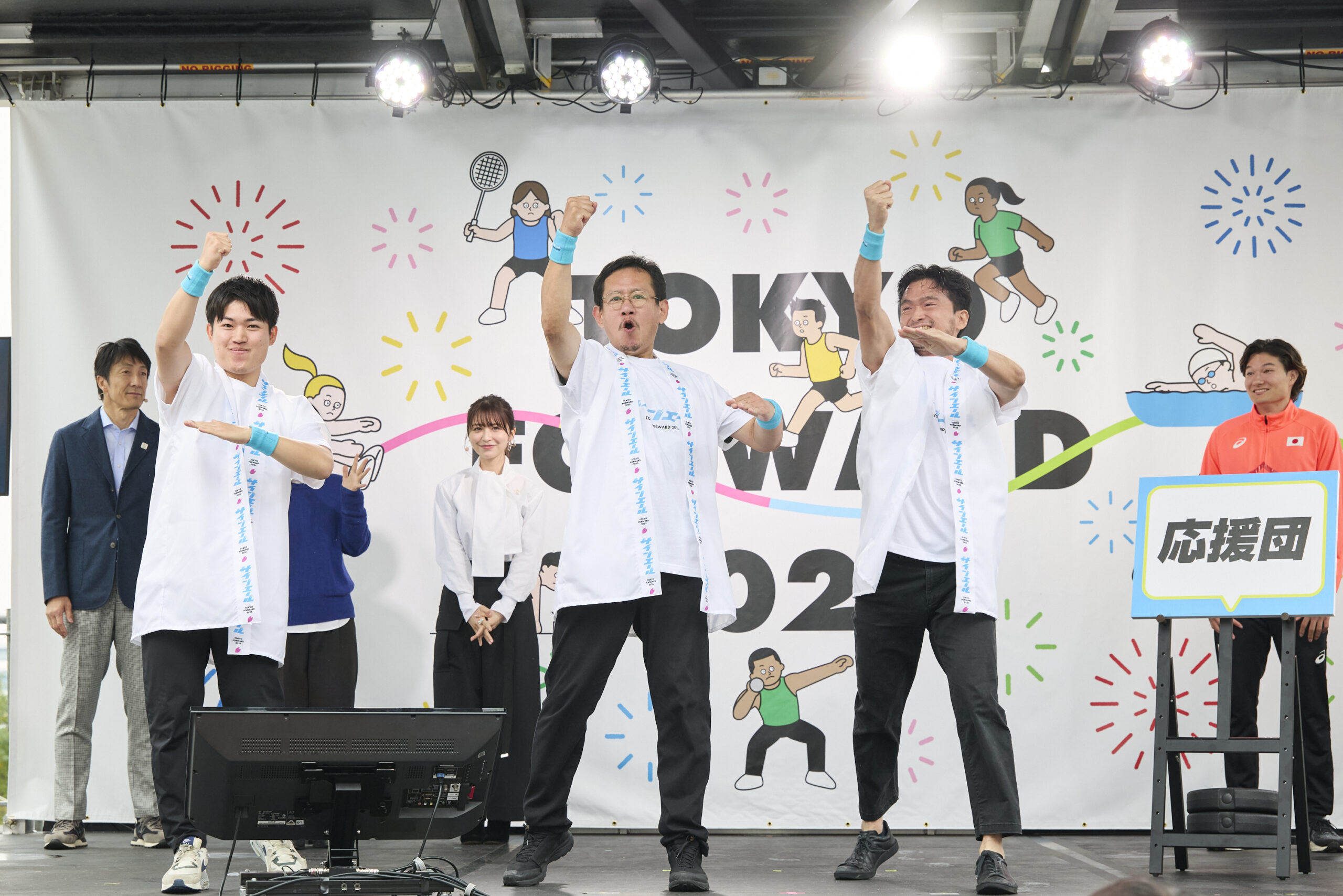
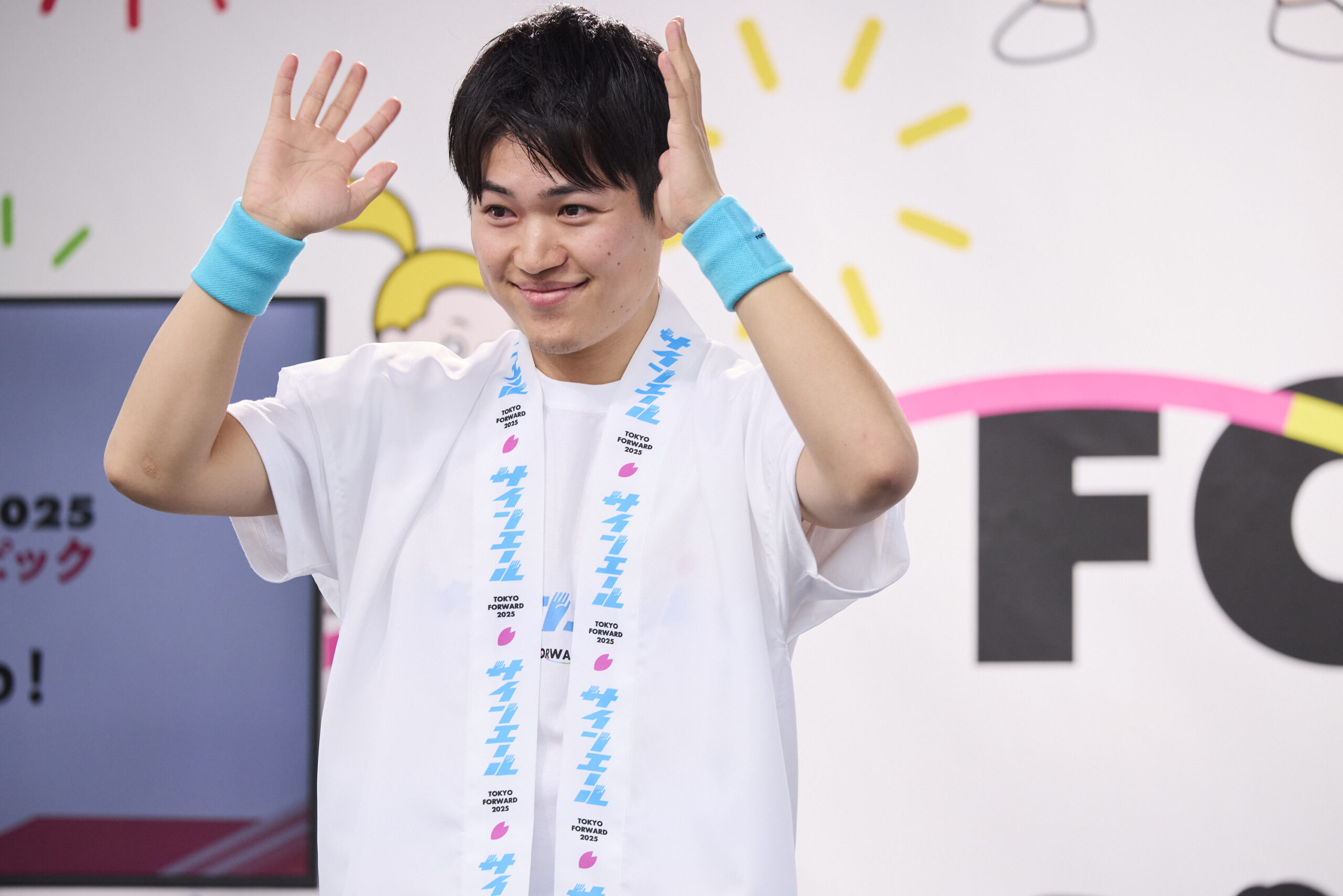
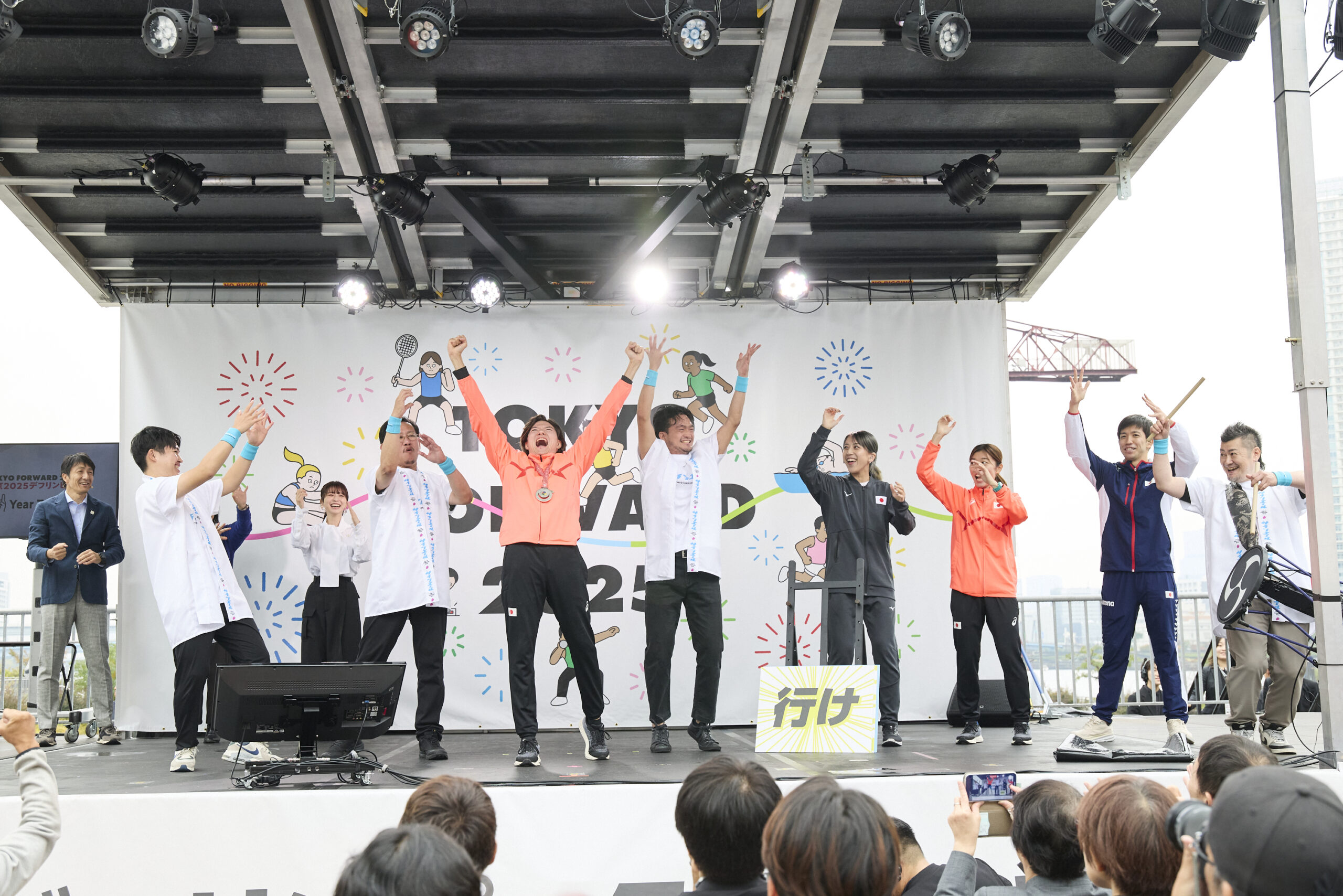
Delivering the support to deaf athletes,
Venue is united by enthusiasm
―What kind of thoughts do you have in yourself?
Nishiwaki I am sure that the deaf athletes who have been selected to participate are burning with fighting spirit in preparation for the competition. There are very few places where deaf people can express themselves and assert themselves without hesitation, and the Deaflympics are an important stage where deaf people can shine as leading roles. That’s why I want to focus on each and every one of them and deliver their support. We want to make it one of the ways to do that.
―What do you think is the significance of the Deaflympics being held in Tokyo?
Nishiwaki The biggest significance is that the deaf community will attract attention. On top of that, what kind of thoughts and performances can deaf people who have attracted attention deliver? In order to achieve this, it is necessary for deaf people to make the tournament more exciting for themselves, and to collaborate with hearing people, respect each other’s differences, and create even greater excitement within the process. This will lead to the creation of a new society. I want as many people as possible to feel the opportunity. To that end, I would like to carefully but boldly build up what I can do and make it even more exciting.
―Thank you for your strong enthusiasm! Finally, do you have a message for our readers?
Nishiwaki I hope you won’t be afraid to “know.” It’s okay to just look at it from a distance at first. However, if you can know that it is indeed there, I want you to know that there is a deaf culture, sign language, and an original community there.
If you learn something you didn’t know before and put it deeply into yourself, your common sense and values will begin to disappear. Acknowledge it and try to understand it. I think that there is a chance to meet a new self at the end of the accumulation. Why don’t you take on the challenge of “knowing” through the Tokyo 2025 Deaflympics and “Cheer signs”? I’m really looking forward to taking on the challenge with you!
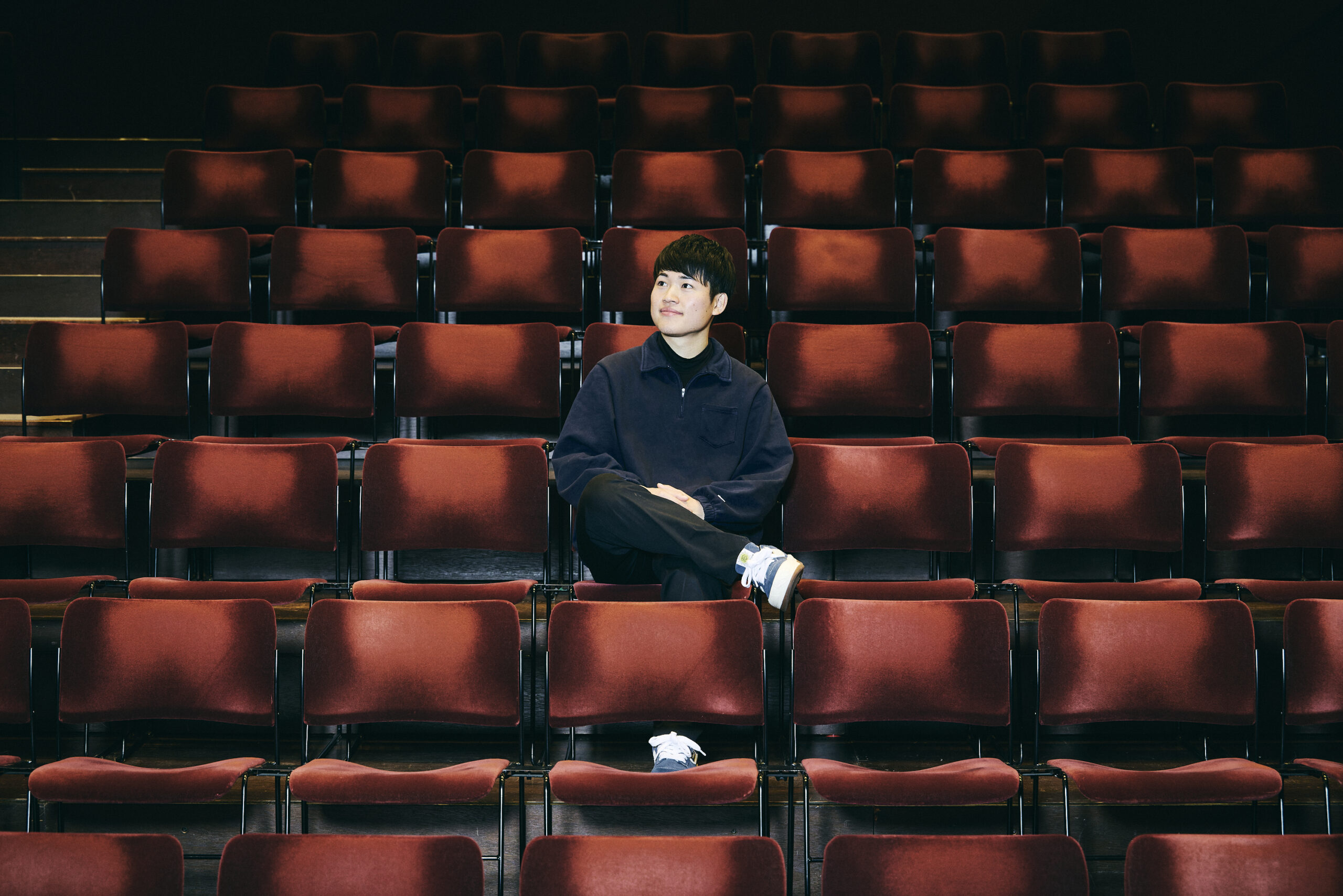
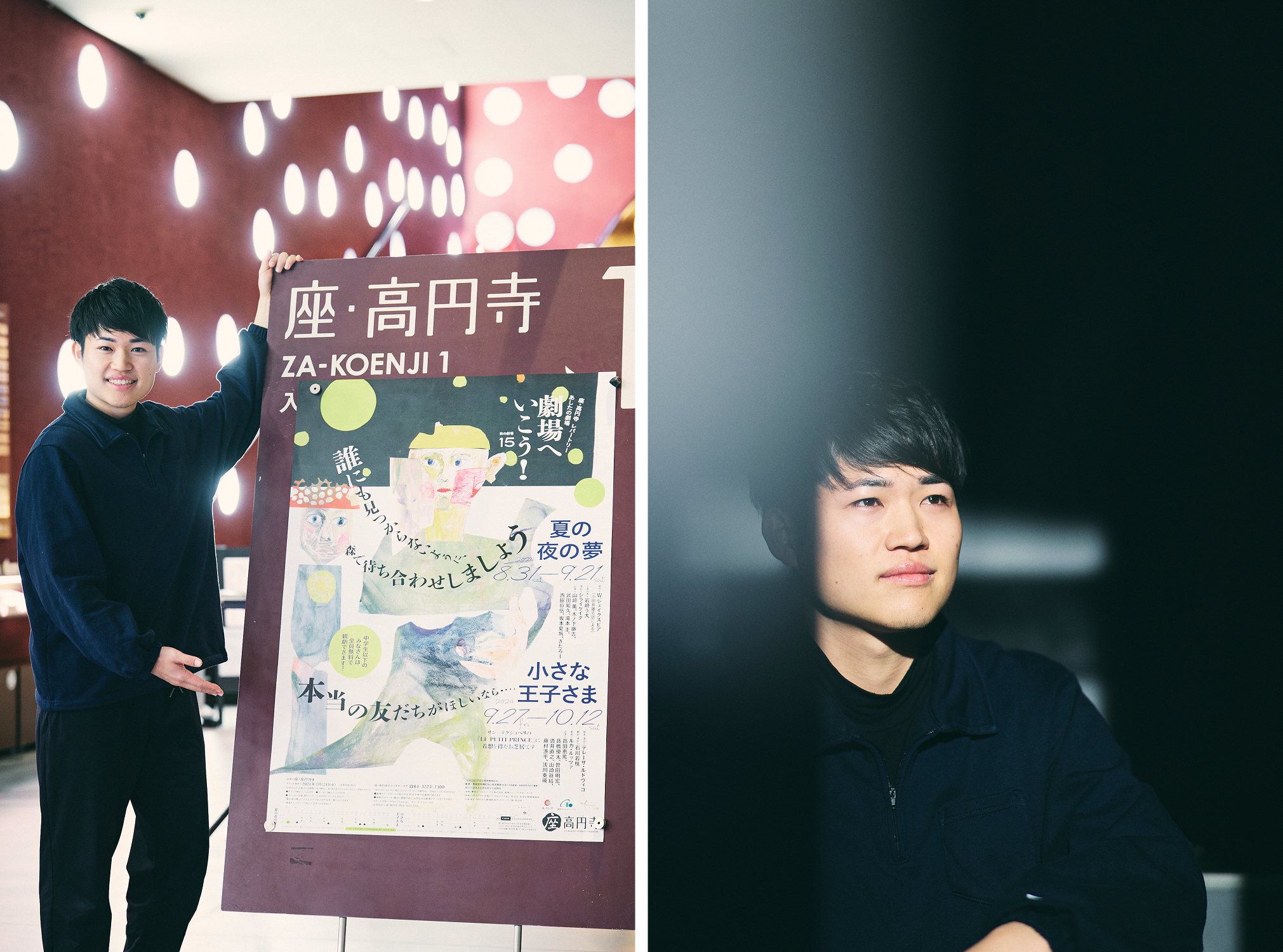

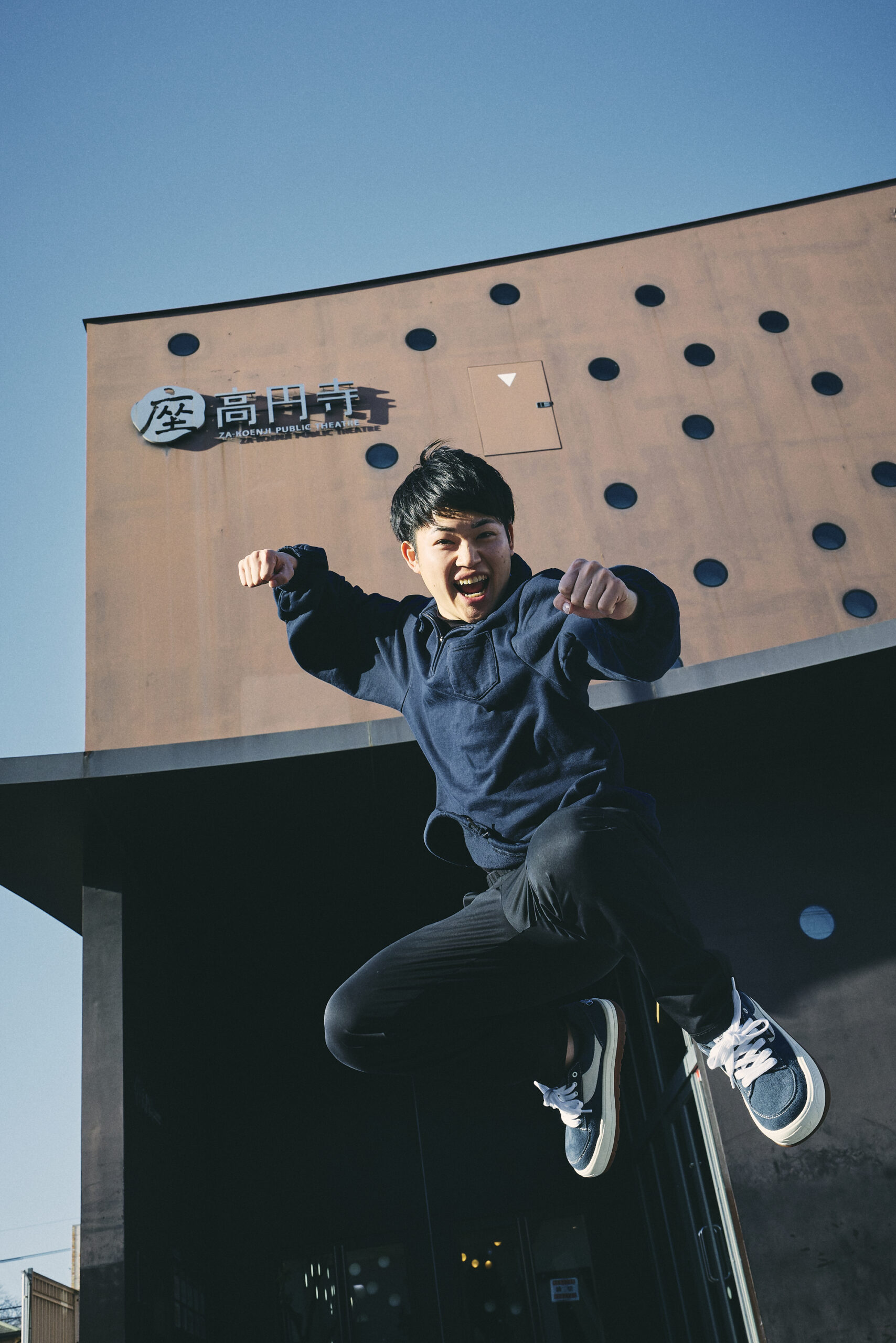
Shogo Nishiwaki /Born in Tokyo in 2000
Sign language artist
Born to deaf parents, he grew up with a bilingual deaf education until junior high school. Integration in high school, he focused on a wide range of activities based on the “necessity and crisis of the deaf community” at university. He has appeared in Born Creative Festival 2021 “Music concert without sound” and NHK’s “Sign Language Drama, Midnight Summer’s Dream”. In 2023, he will complete the second class of the Deaf Actors Course.
Currently, while being involved in various organizations and projects such as 5005, Shuwaemon, and Igengo Lab., he is appearing in various media and performances such as NHK’s “Everyone’s TV Enjoying Sign Language” and “Everyone’s Sign Language” as a “sign language artist”.
In preparation for the upcoming Deaflympics to be held in Tokyo in November 2025, he will lead the production of “Cheer signs”, a new form of support to deliver to deaf athletes.
Instagram:shogo_nishiwaki
《Cheer signs》
Web:https://www.tokyoforward2025.metro.tokyo.lg.jp/news241217/
text by Rieko Kimura
photographs by Uta Mukuo
Filming cooperation :Creative Theatre Network (CTN), a non-profit organization/ZA-KOENJI Public Theatre
2025.04.08
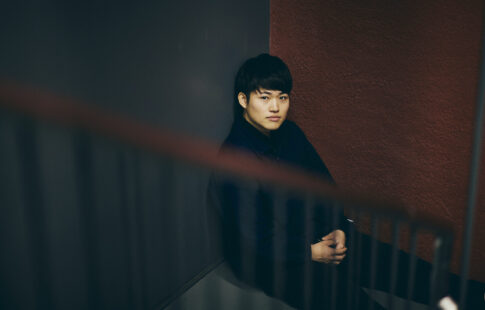
Eyes filled with conviction. Sign language in which thoughts are spun together. Growing up in a deaf world, le […]
2025.04.08
Eyes filled with conviction. Sign language in which thoughts are spun together. Growing up in a deaf world, le […]
2025.02.28
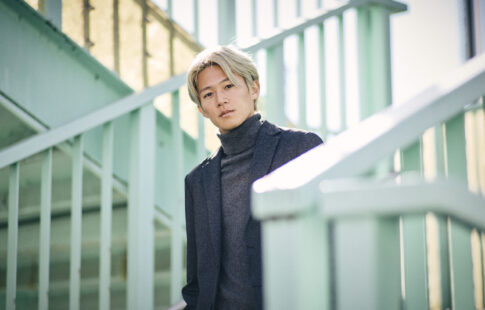
An influencer who is now widely accepted by the general public, Takaya Mitsuka. The dream stage that he arrive […]
2025.02.28
An influencer who is now widely accepted by the general public, Takaya Mitsuka. The dream stage that he arrive […]